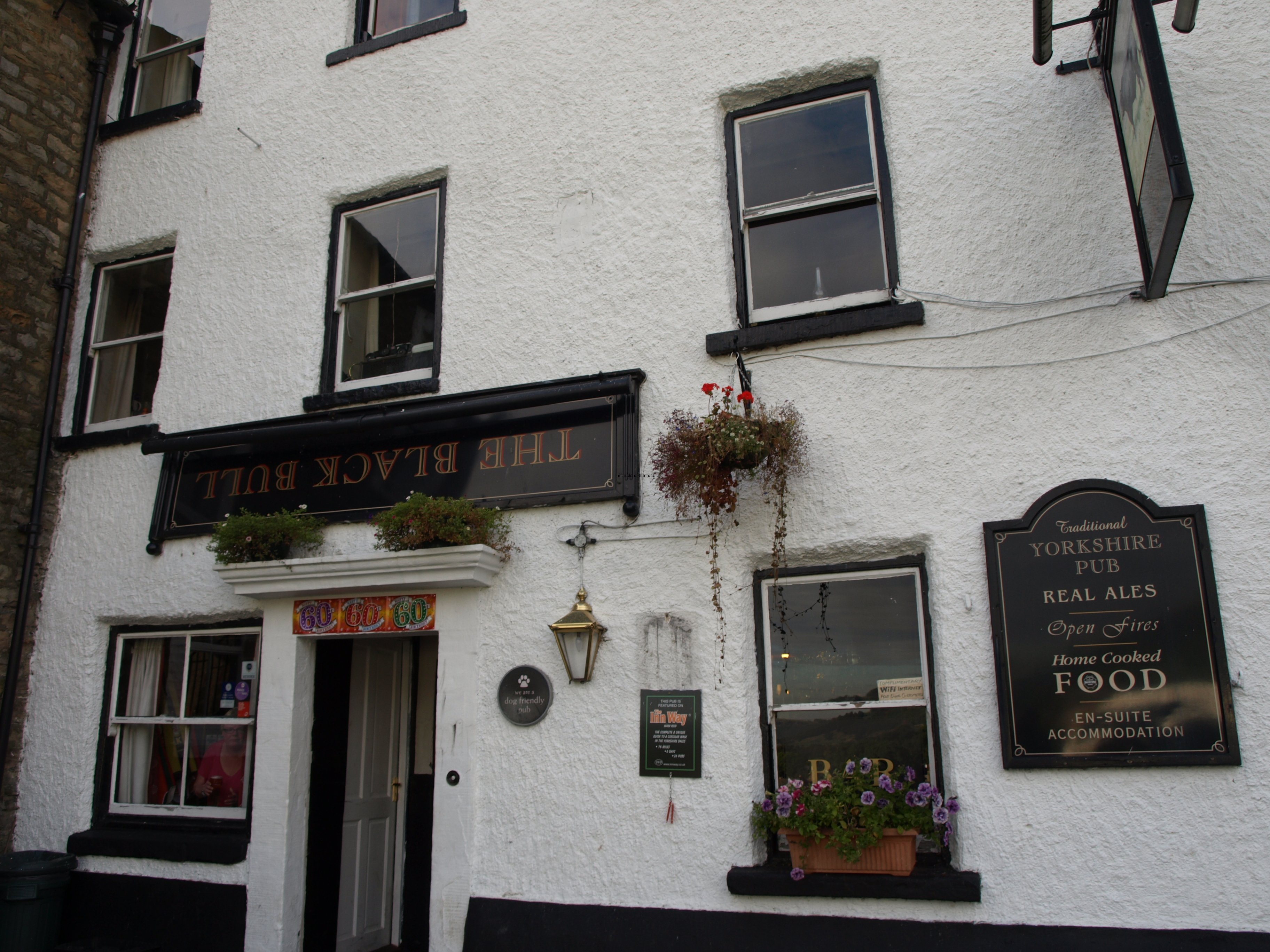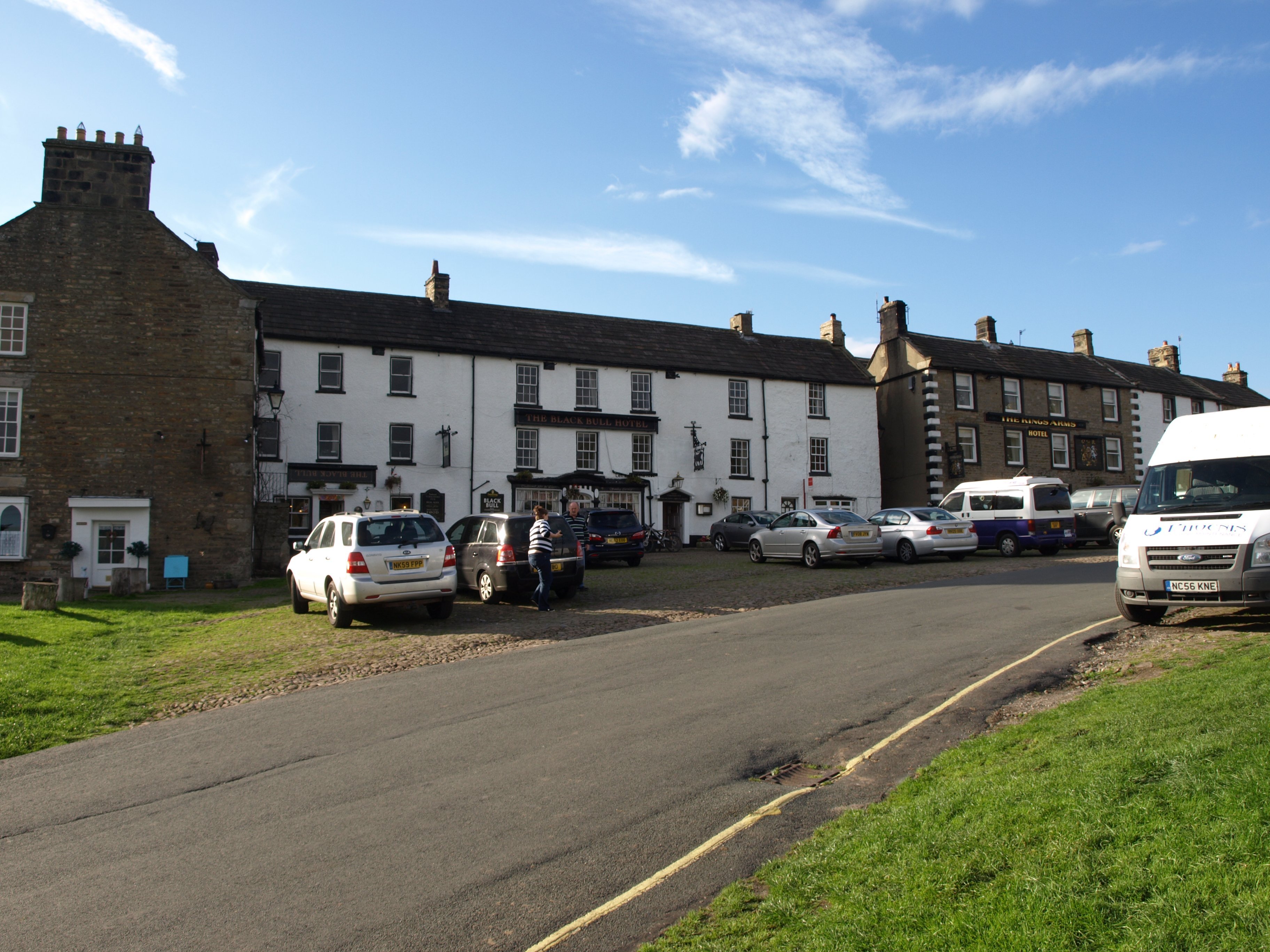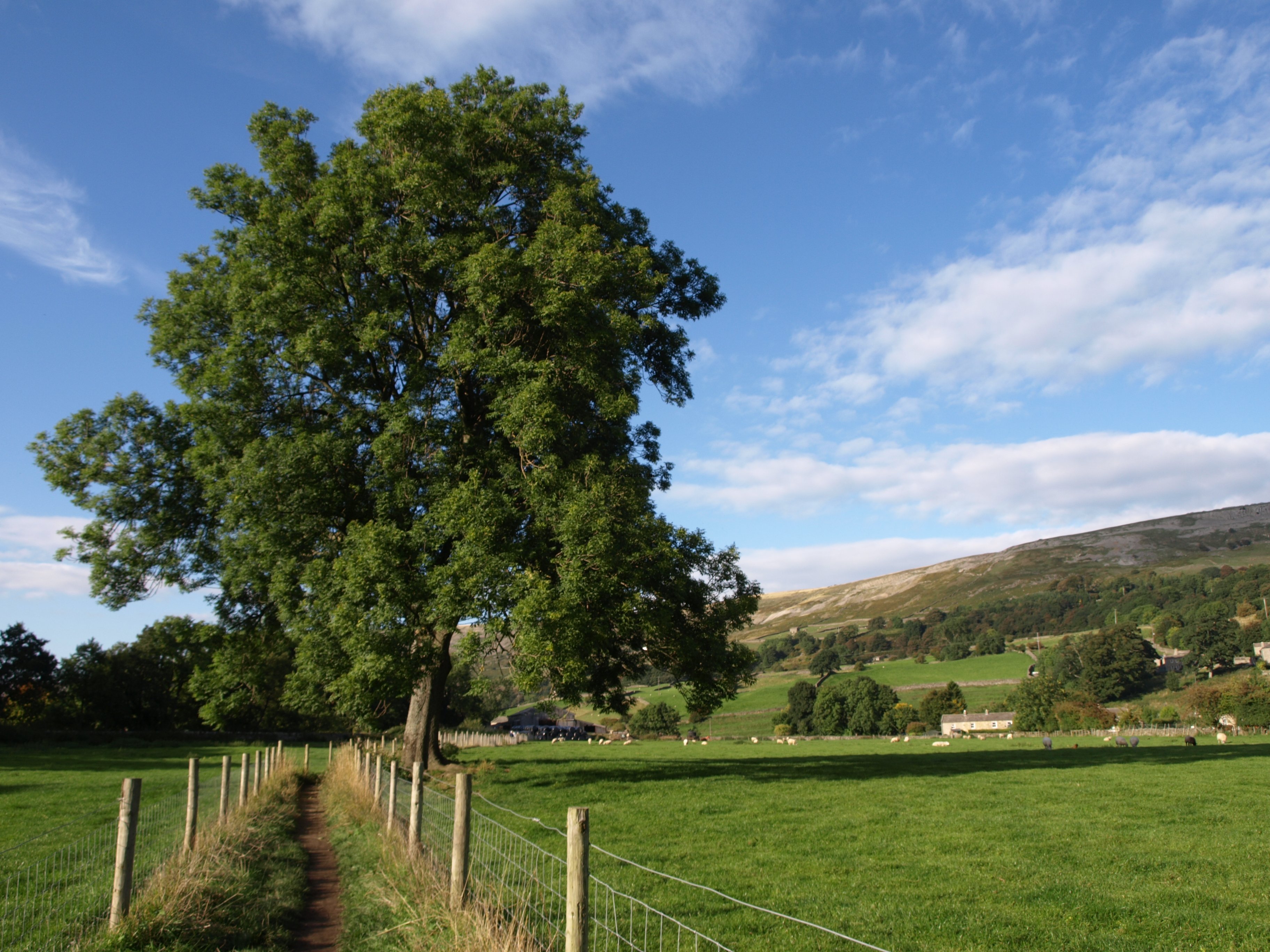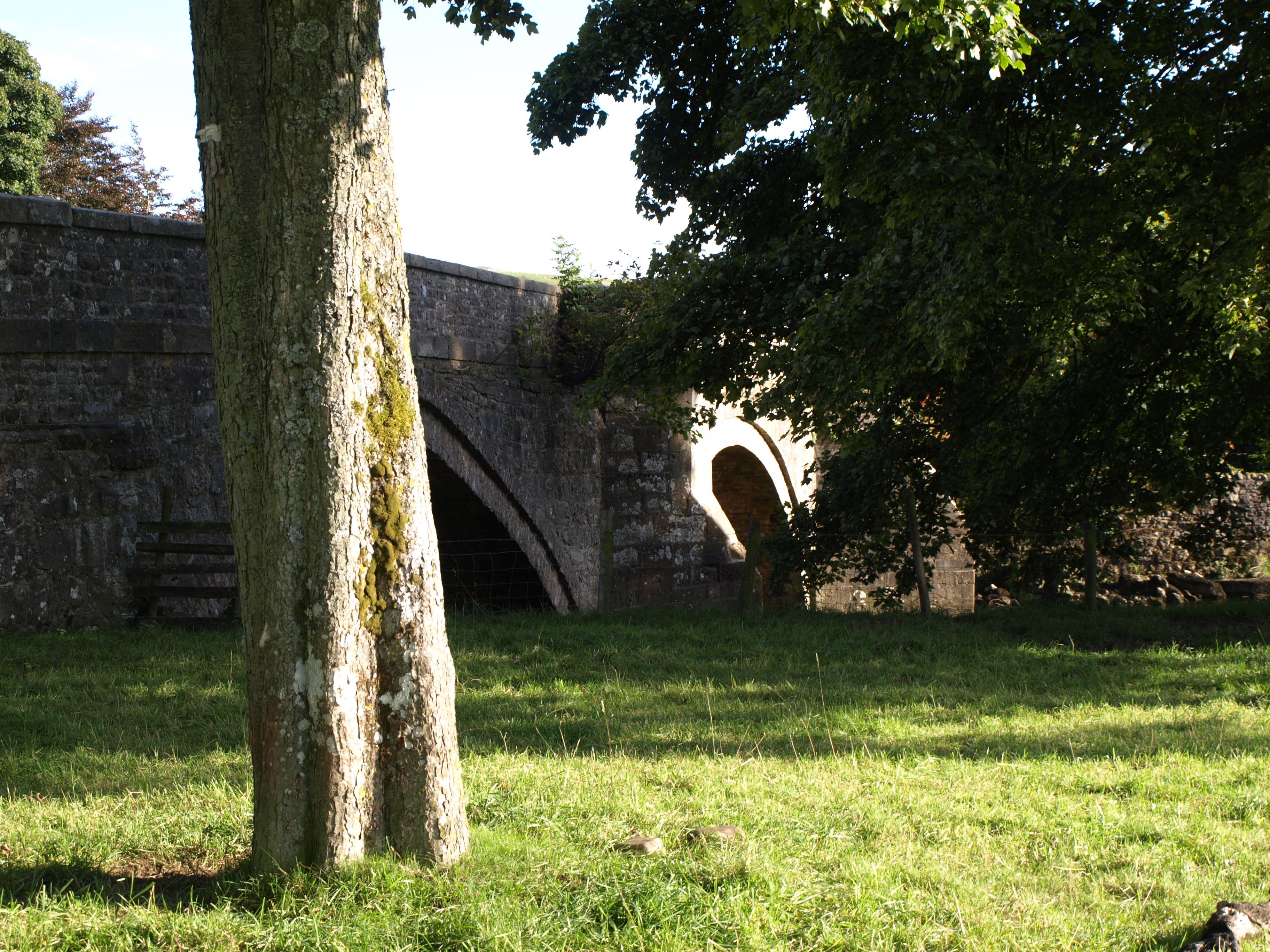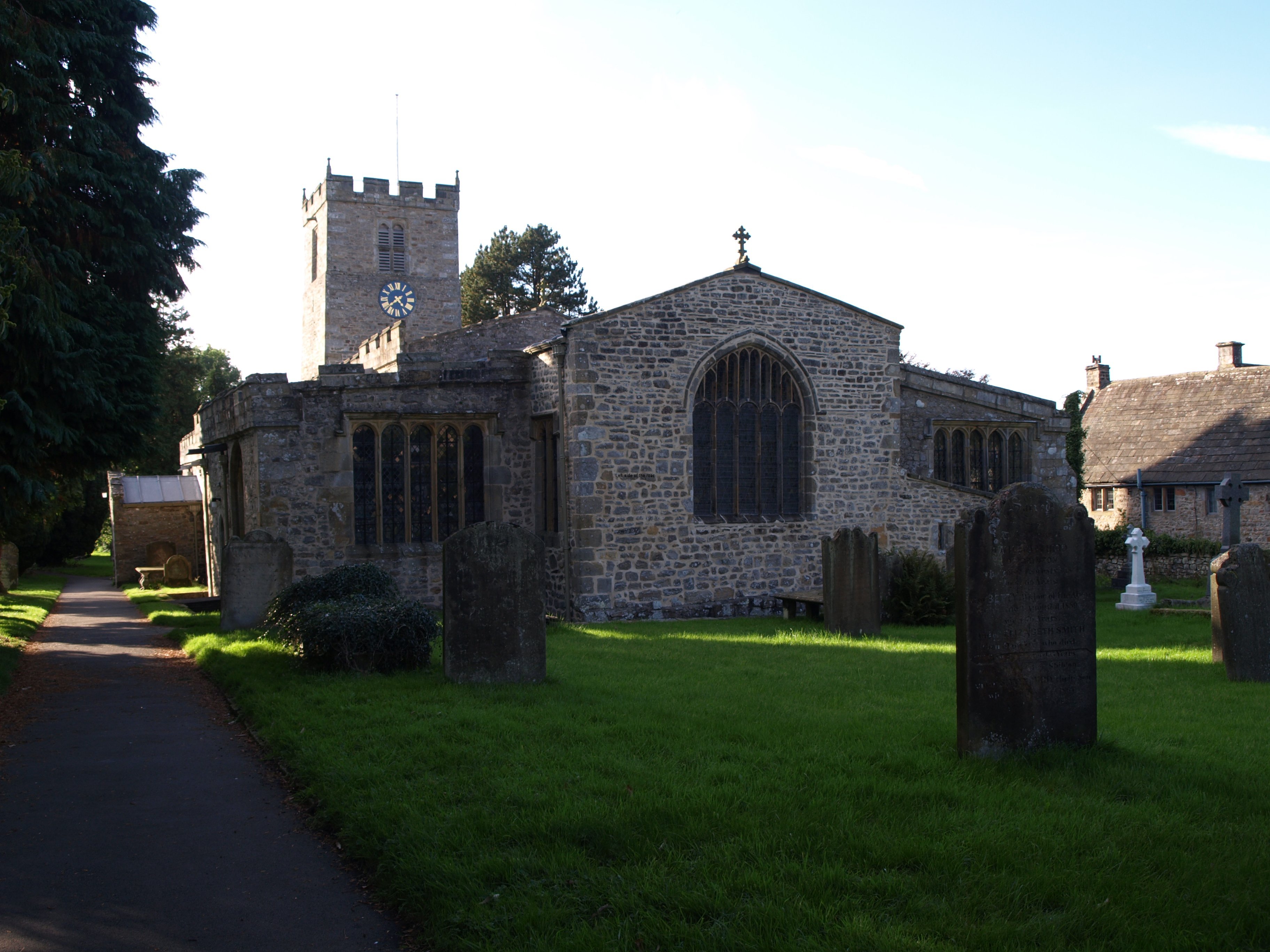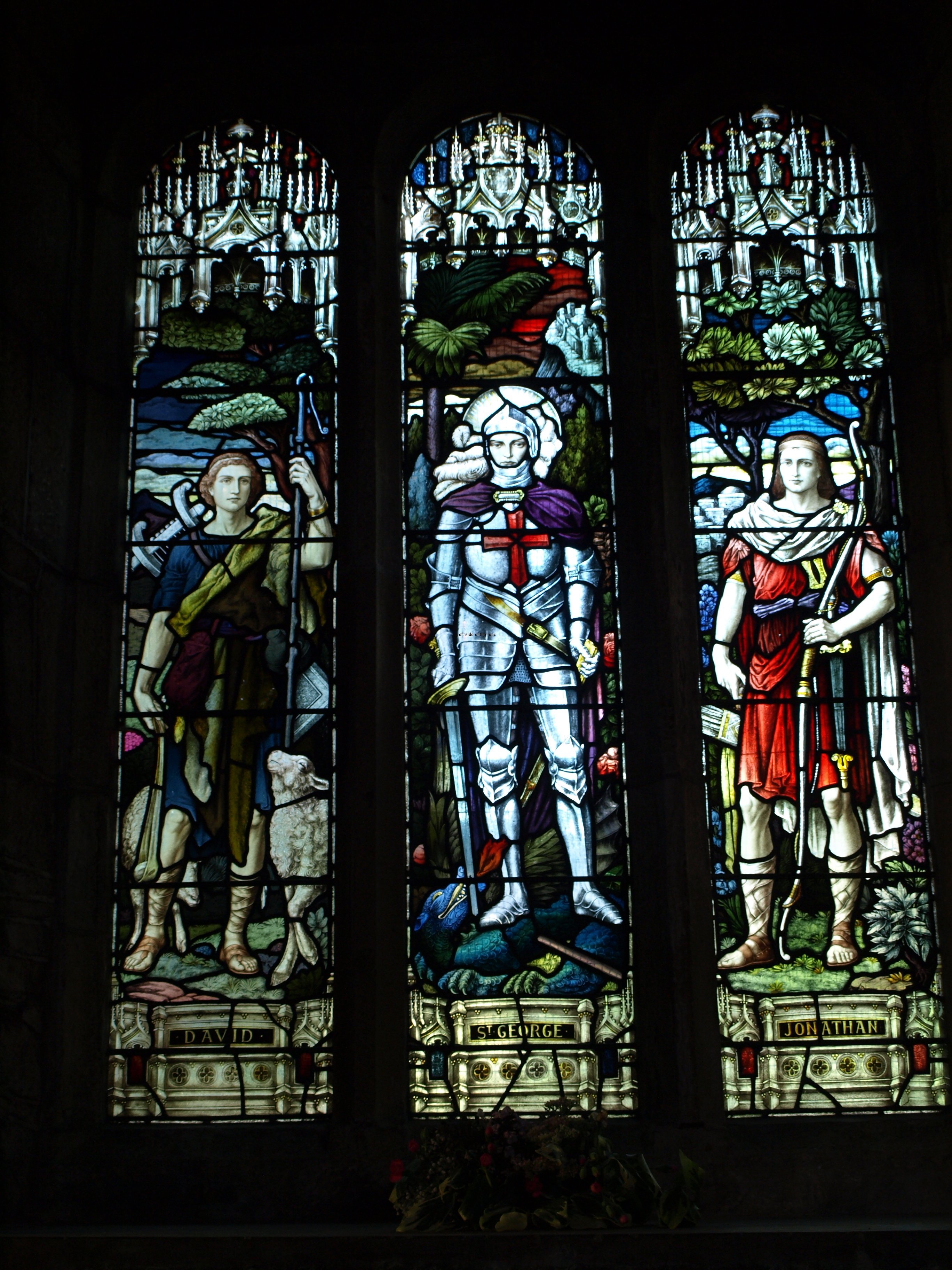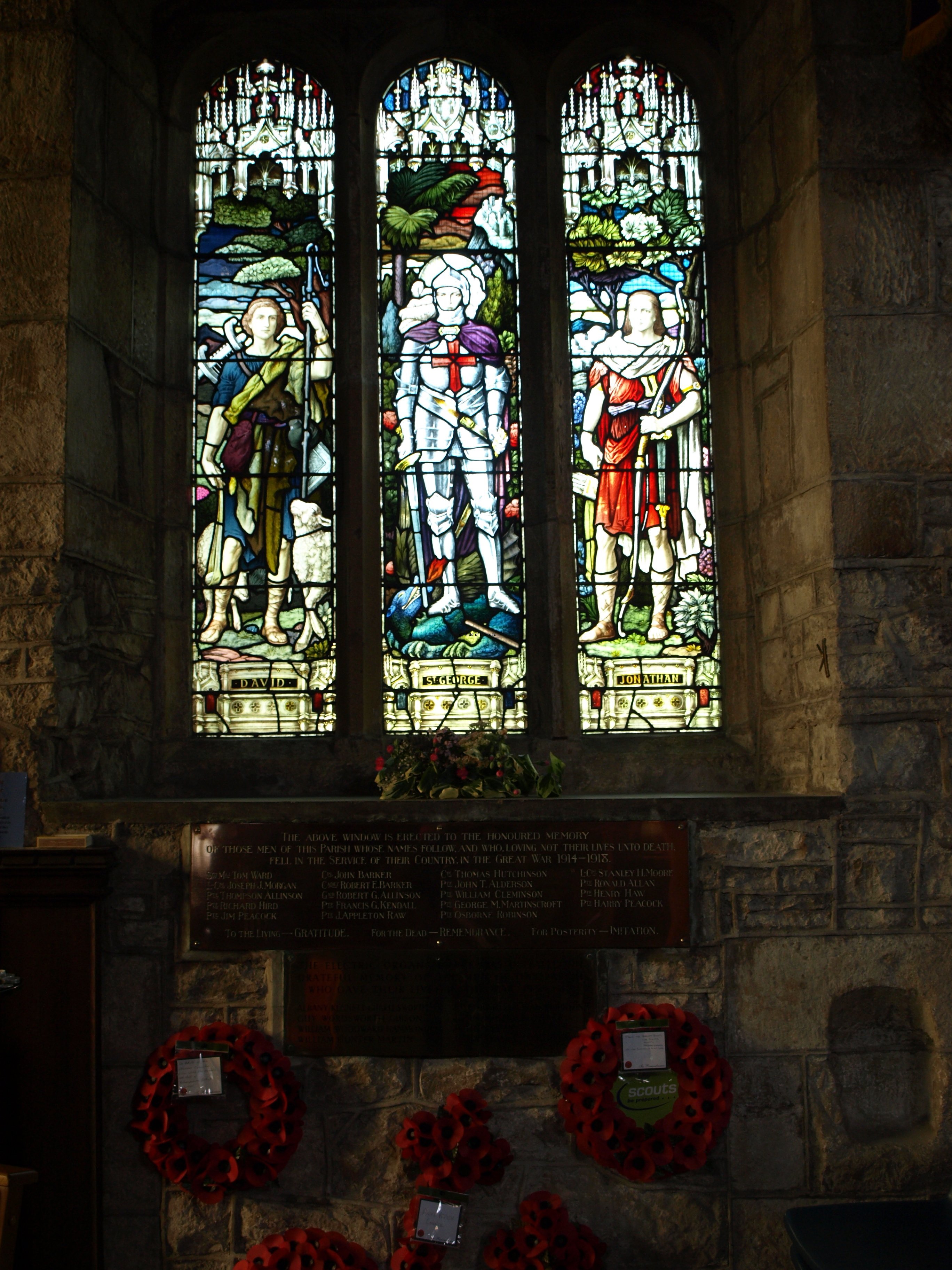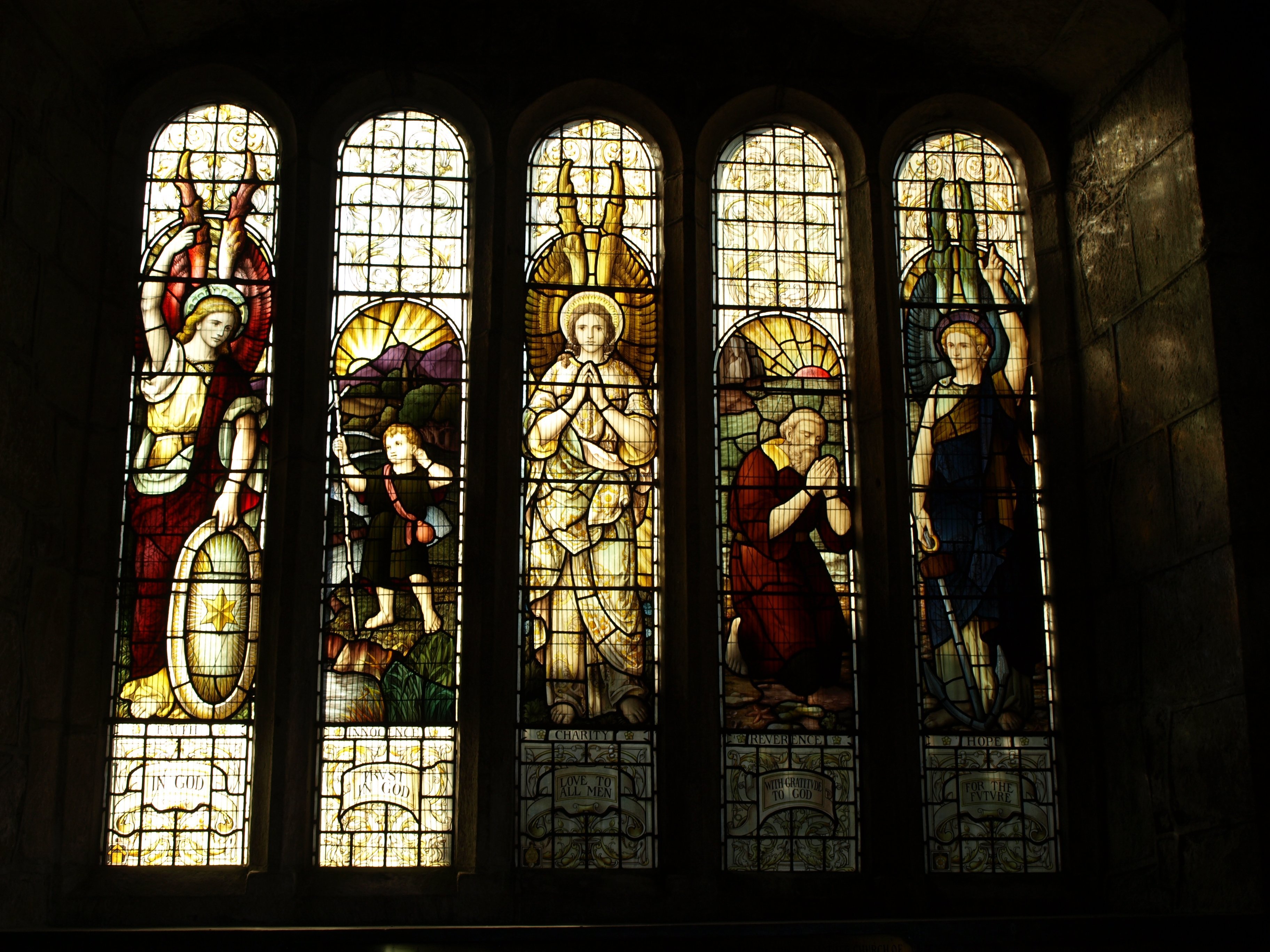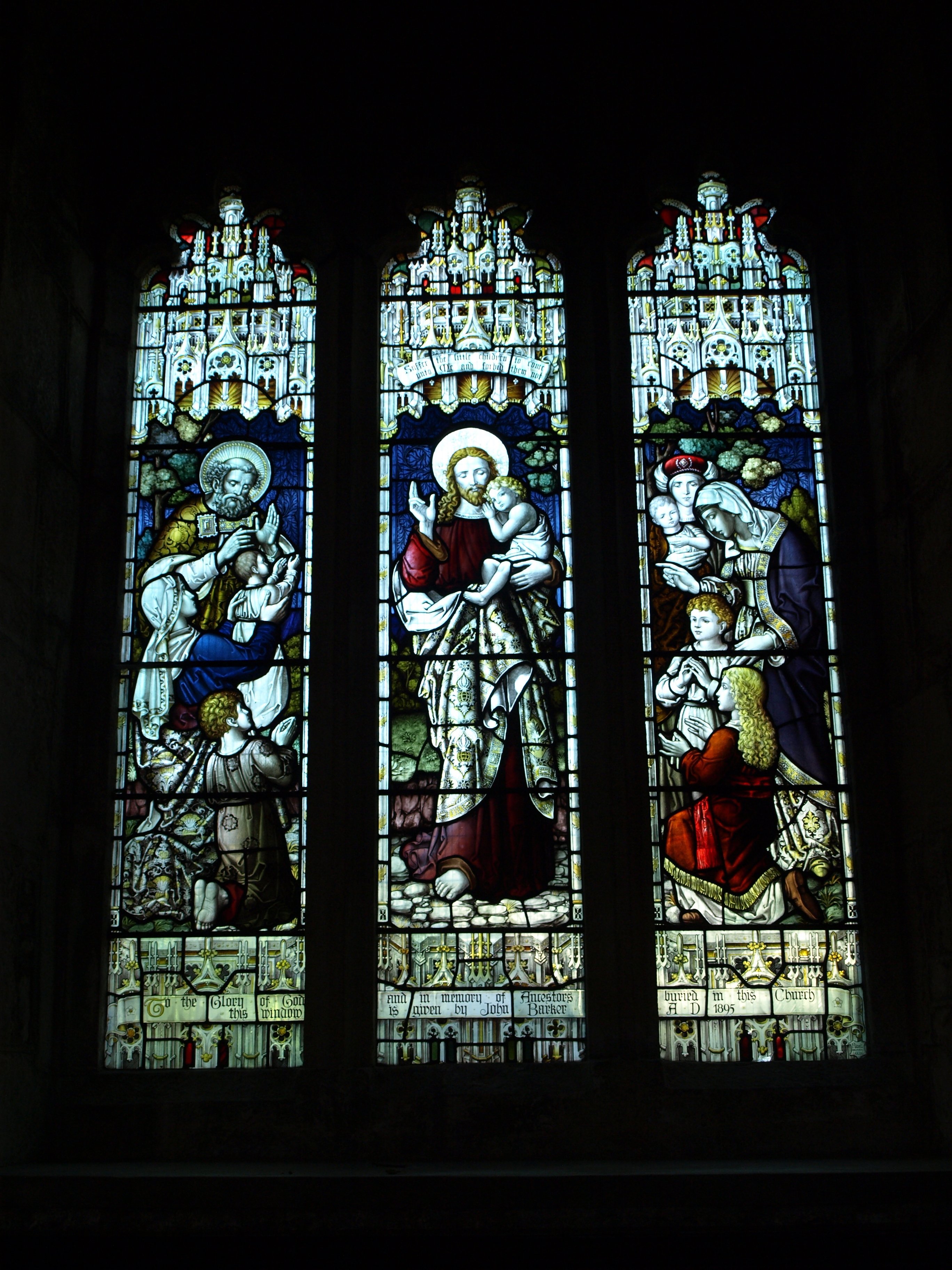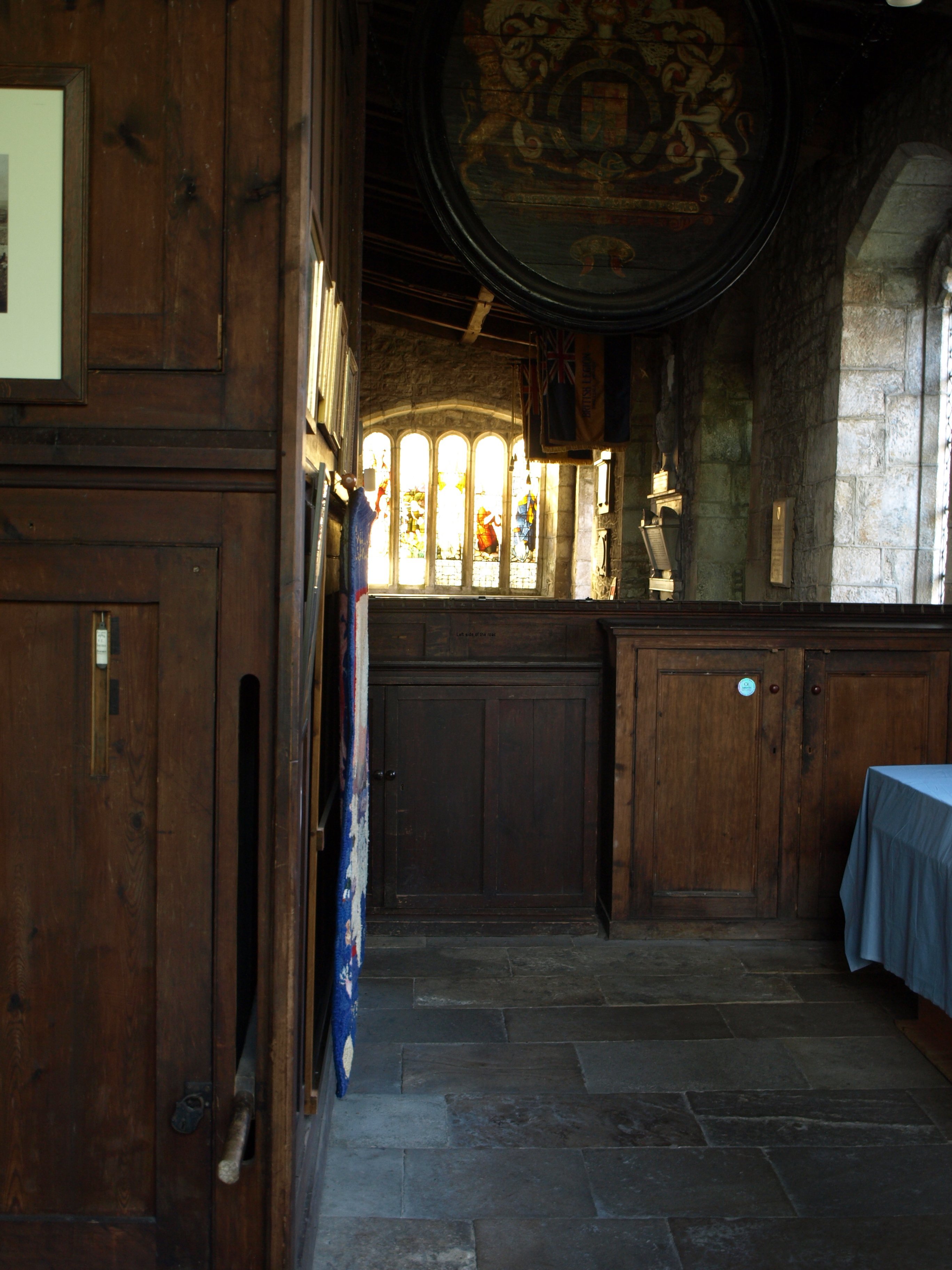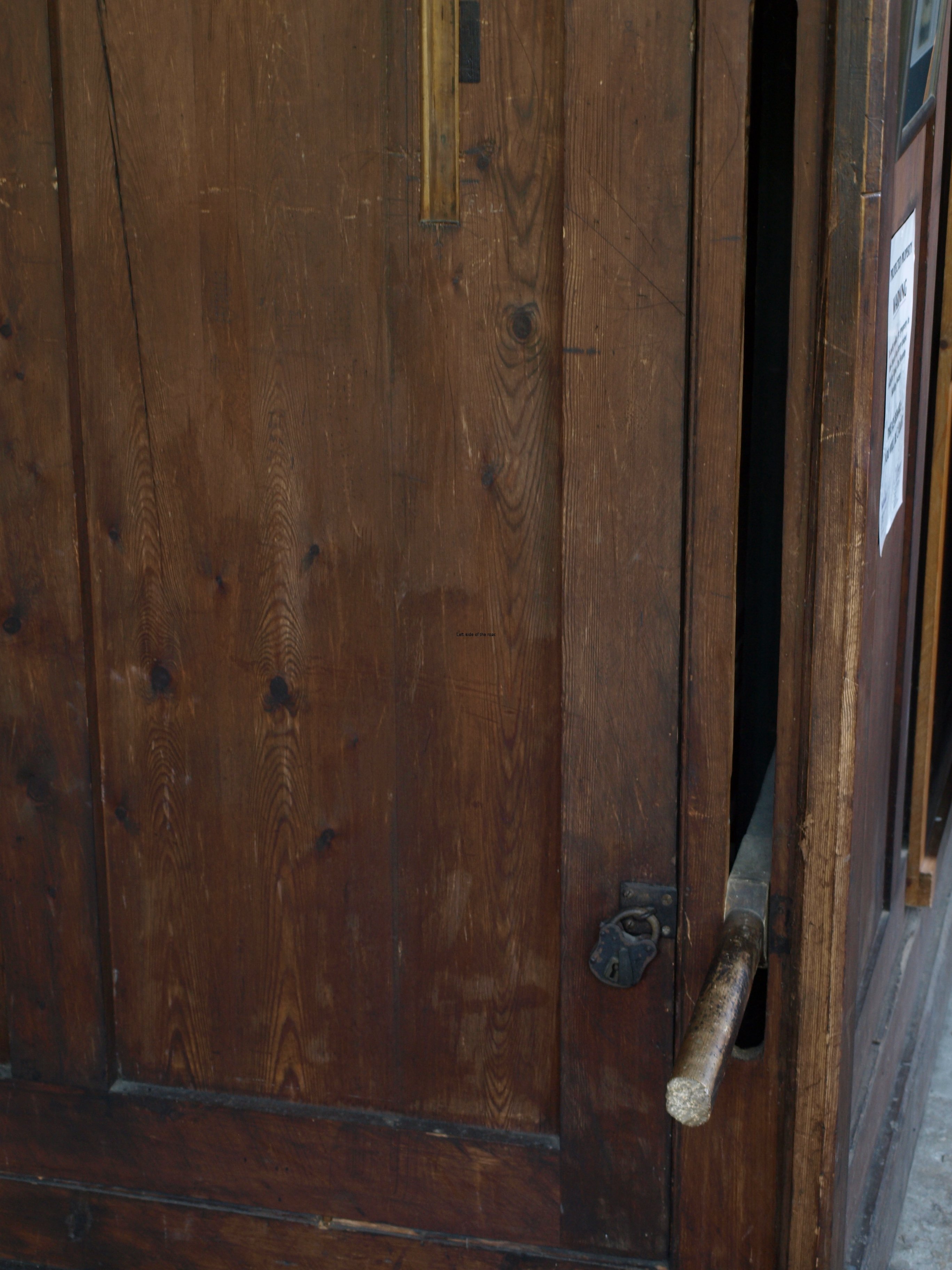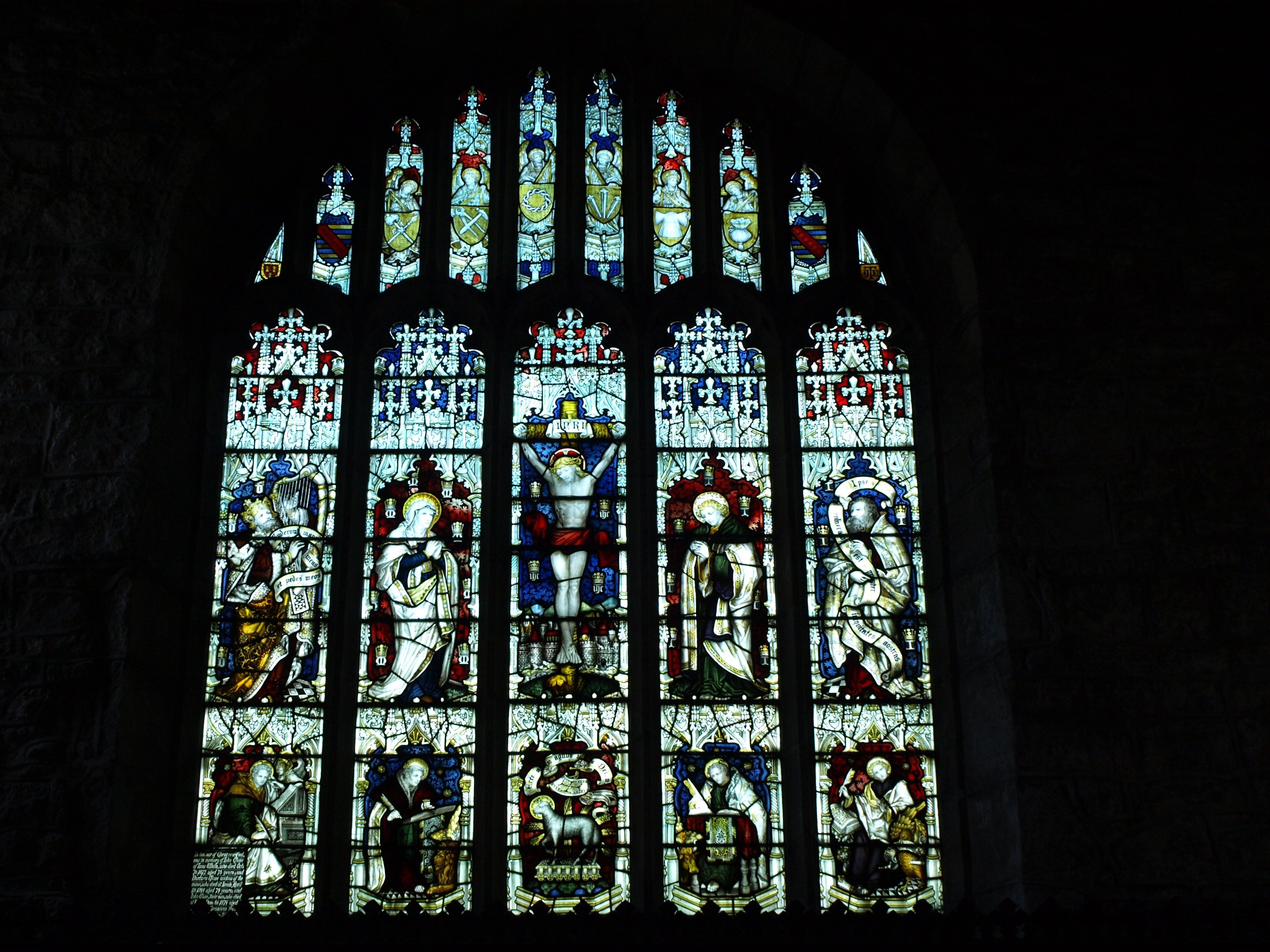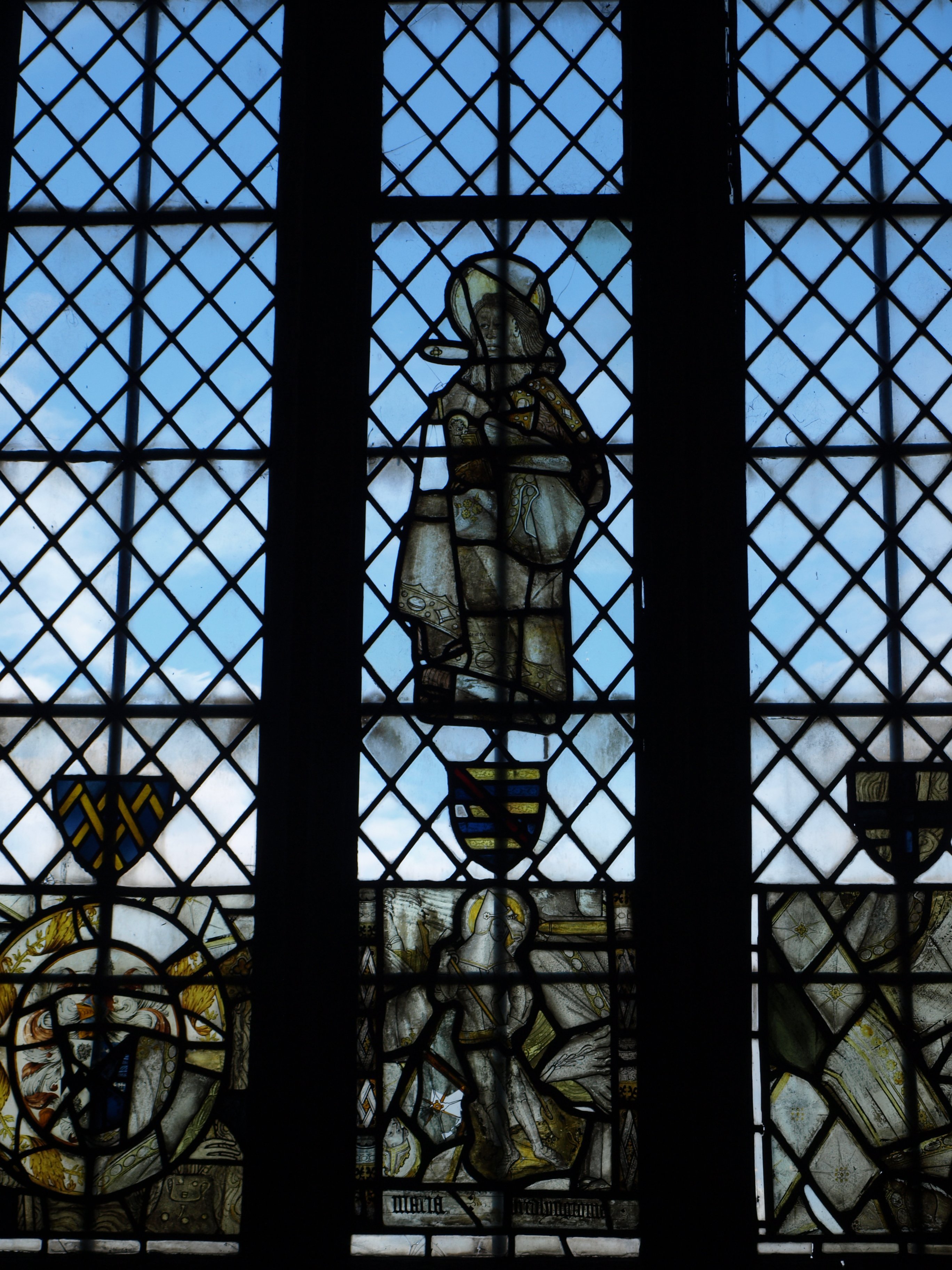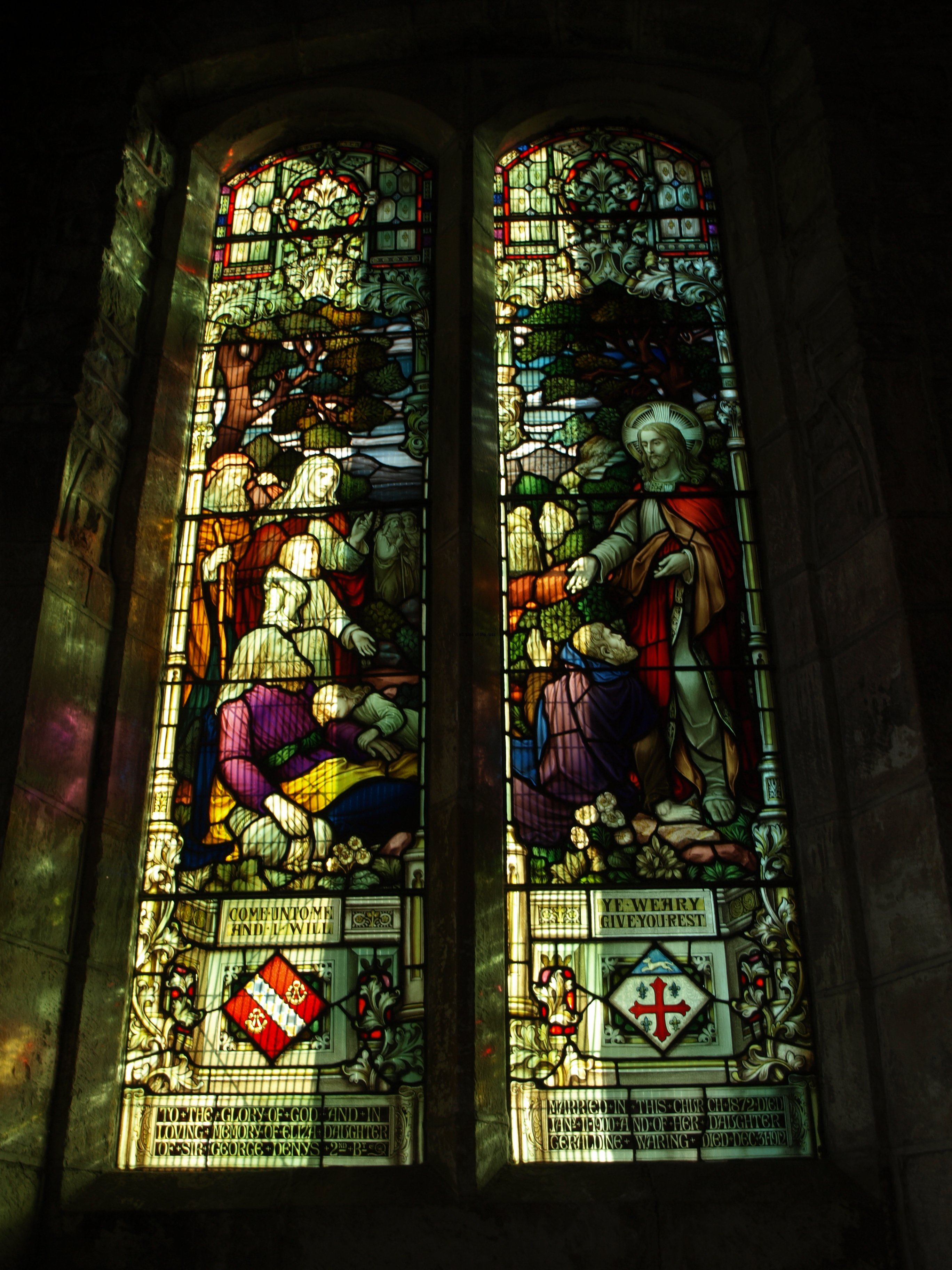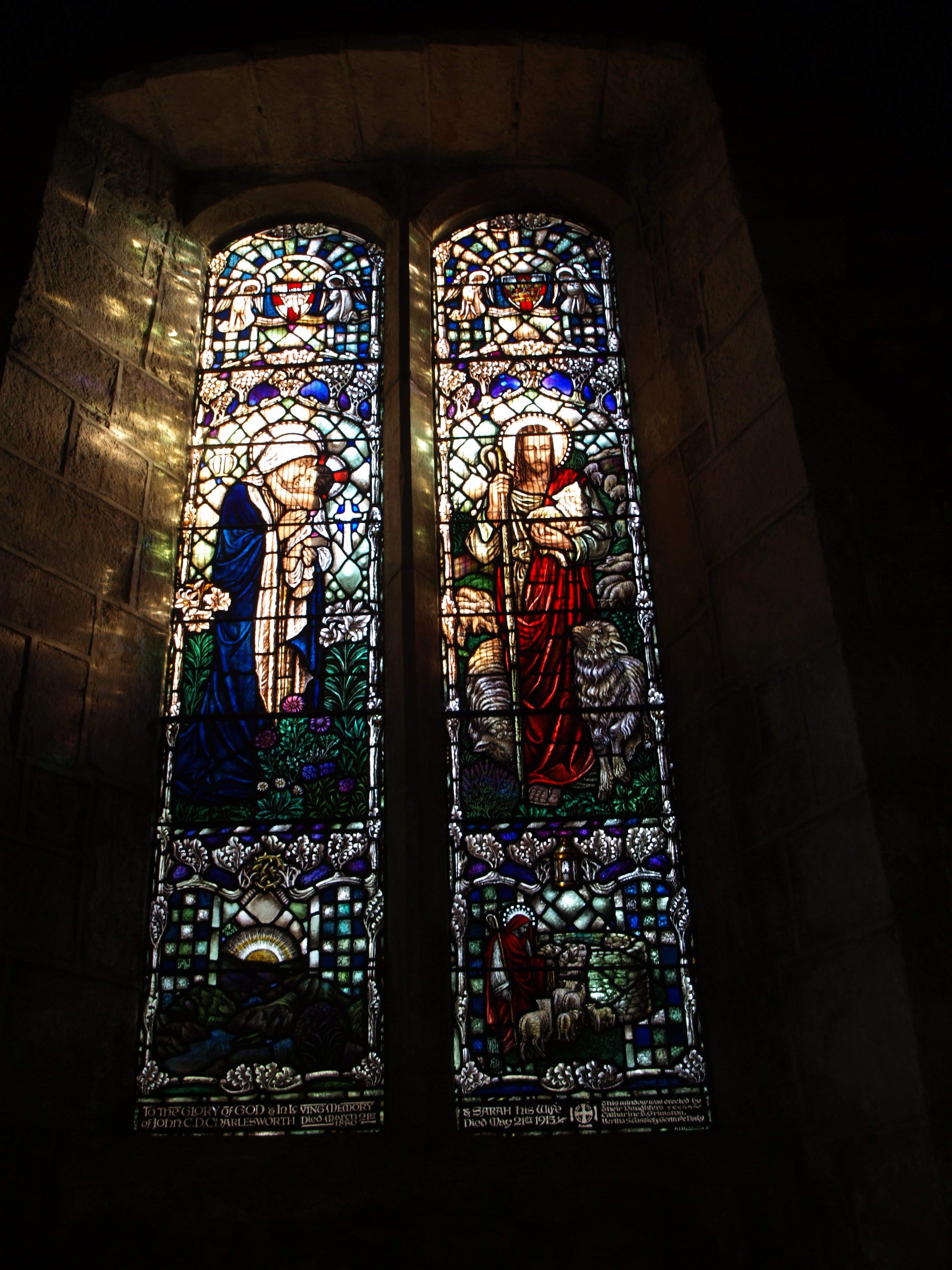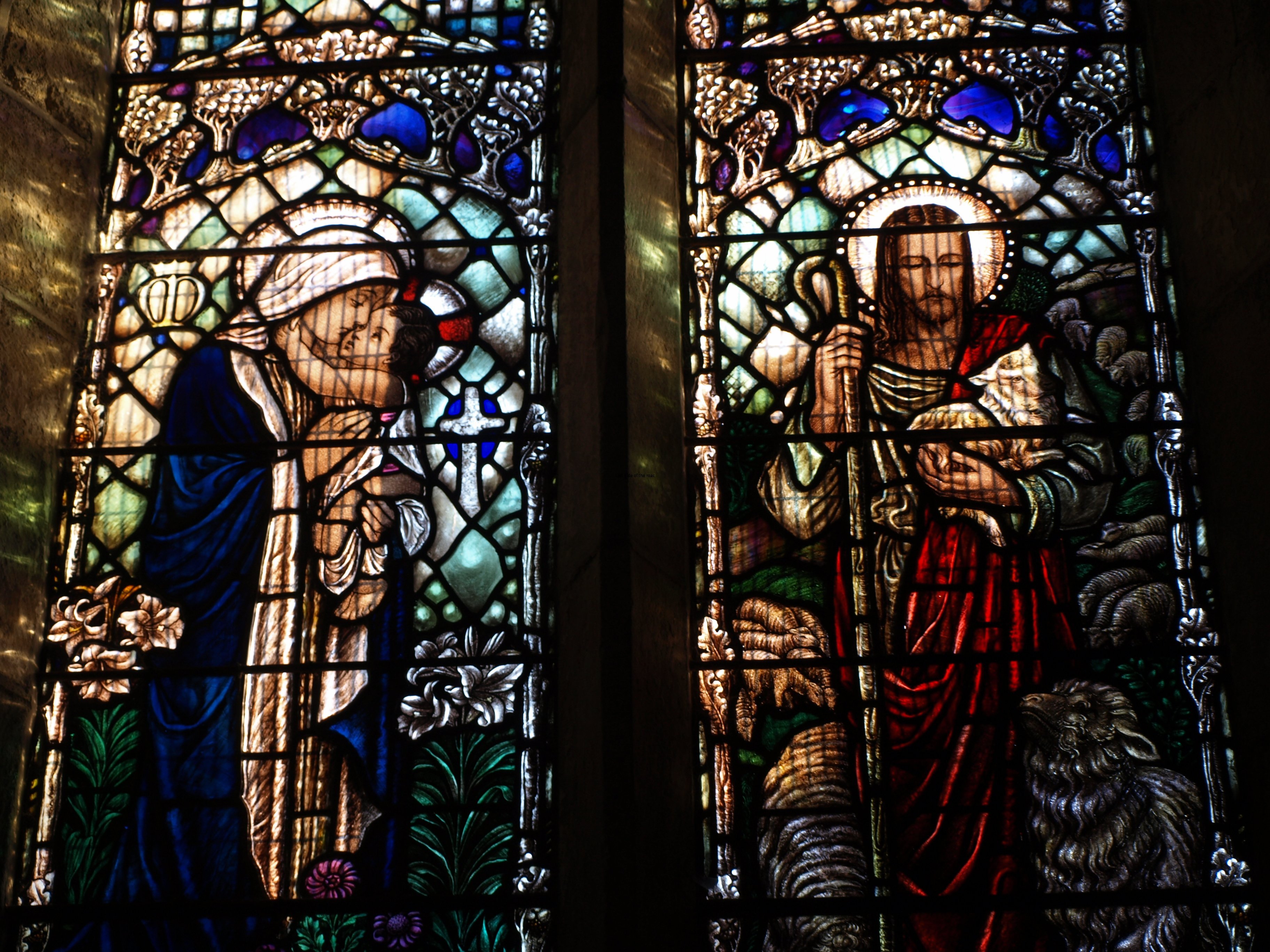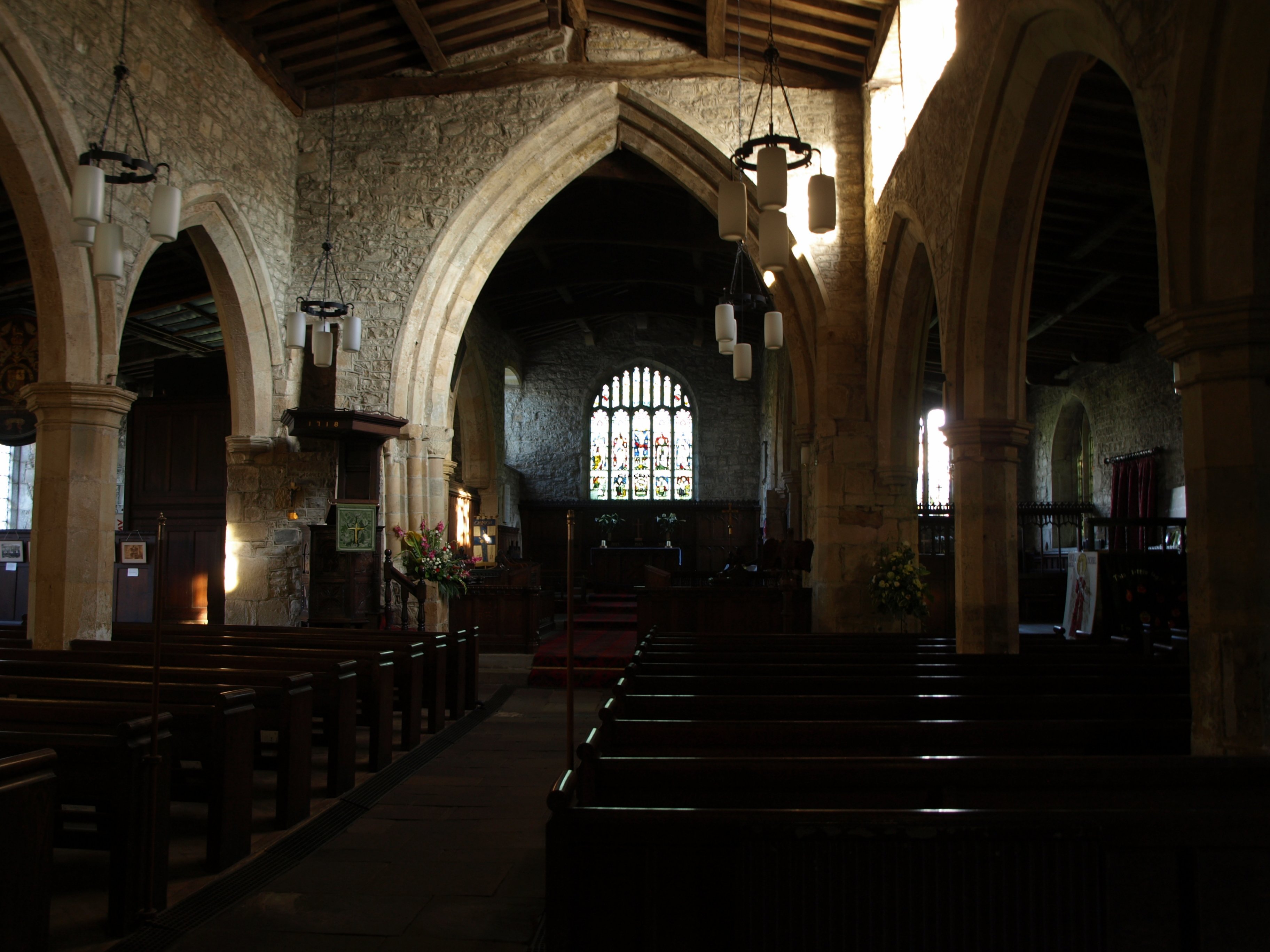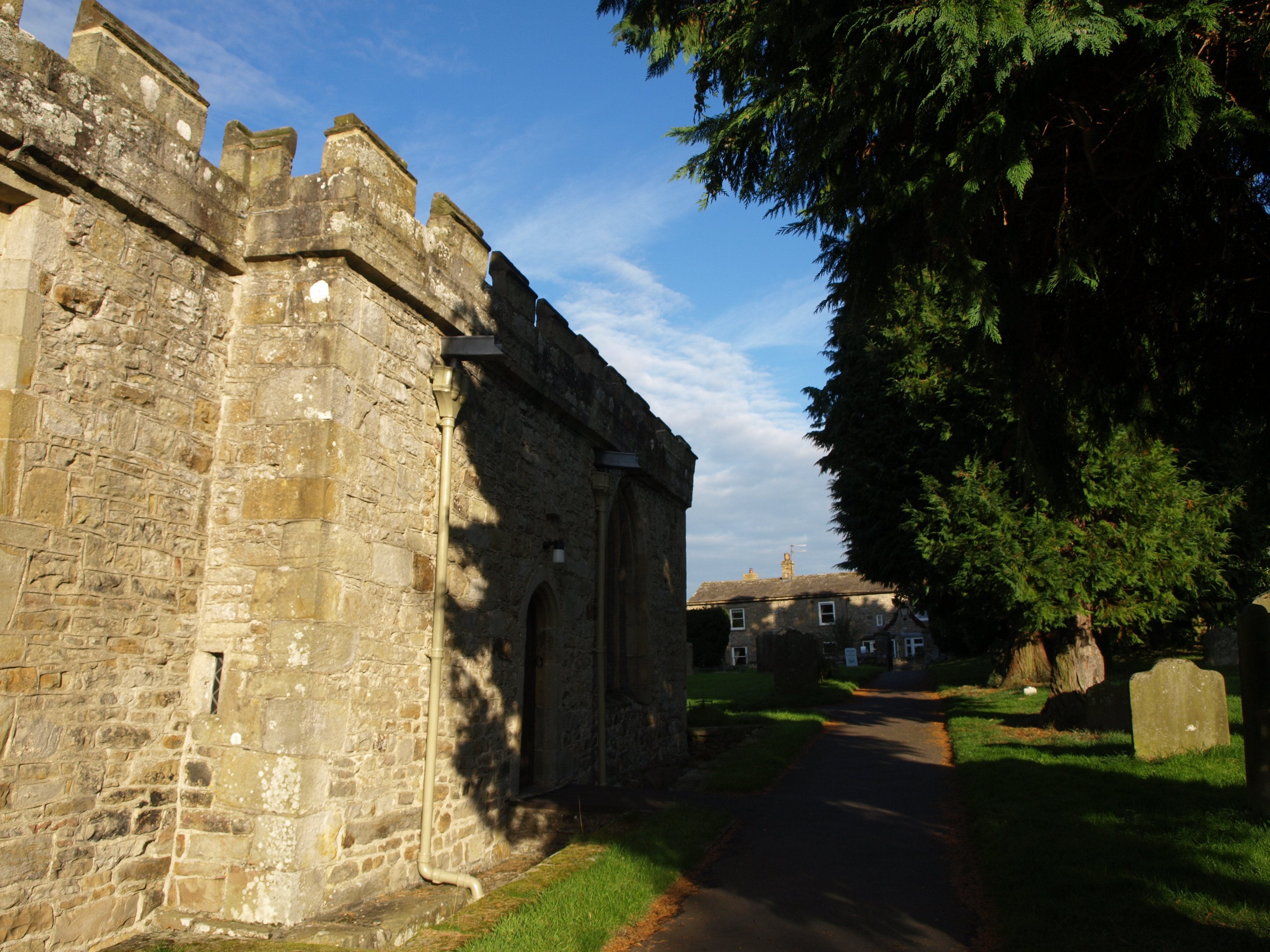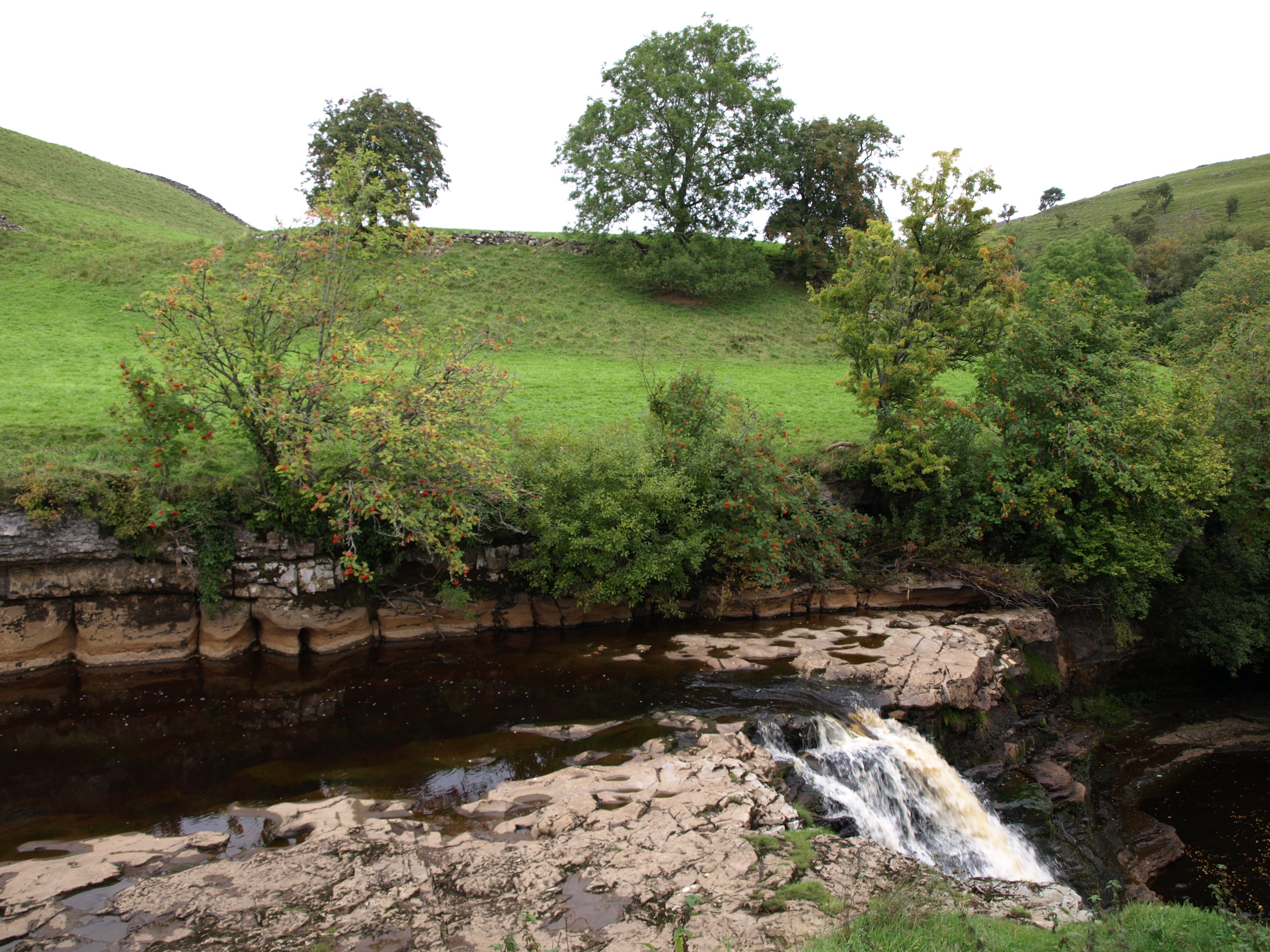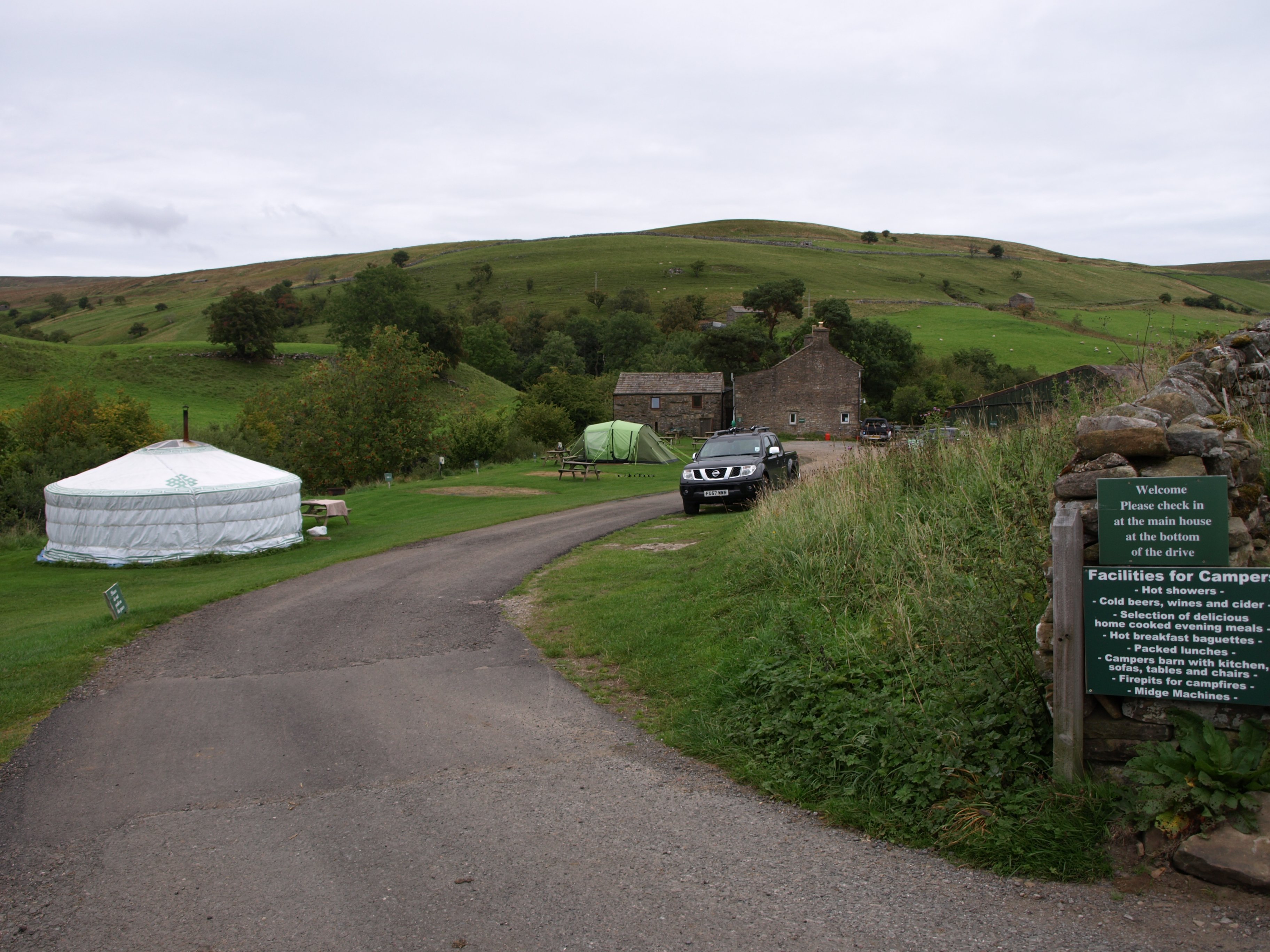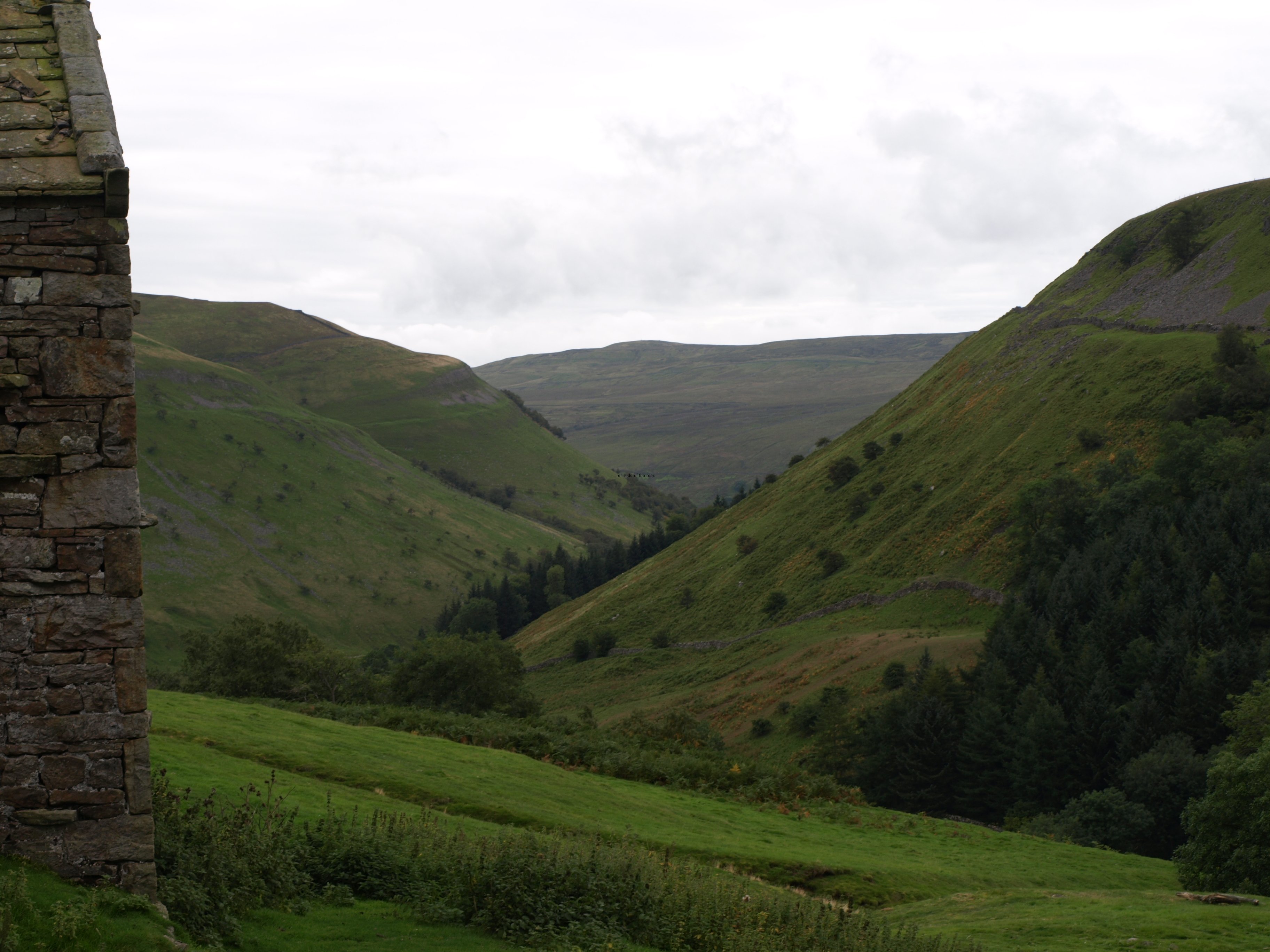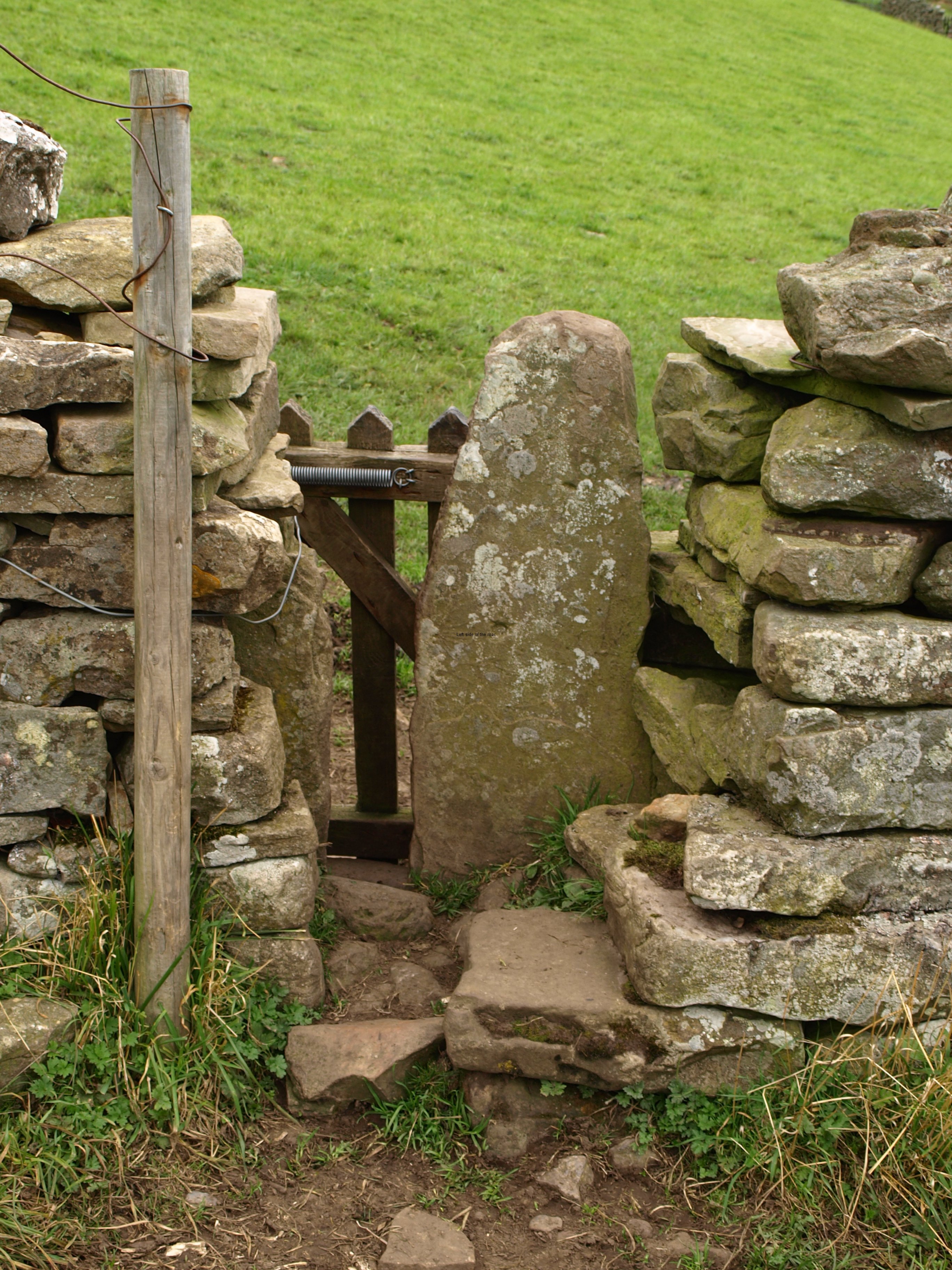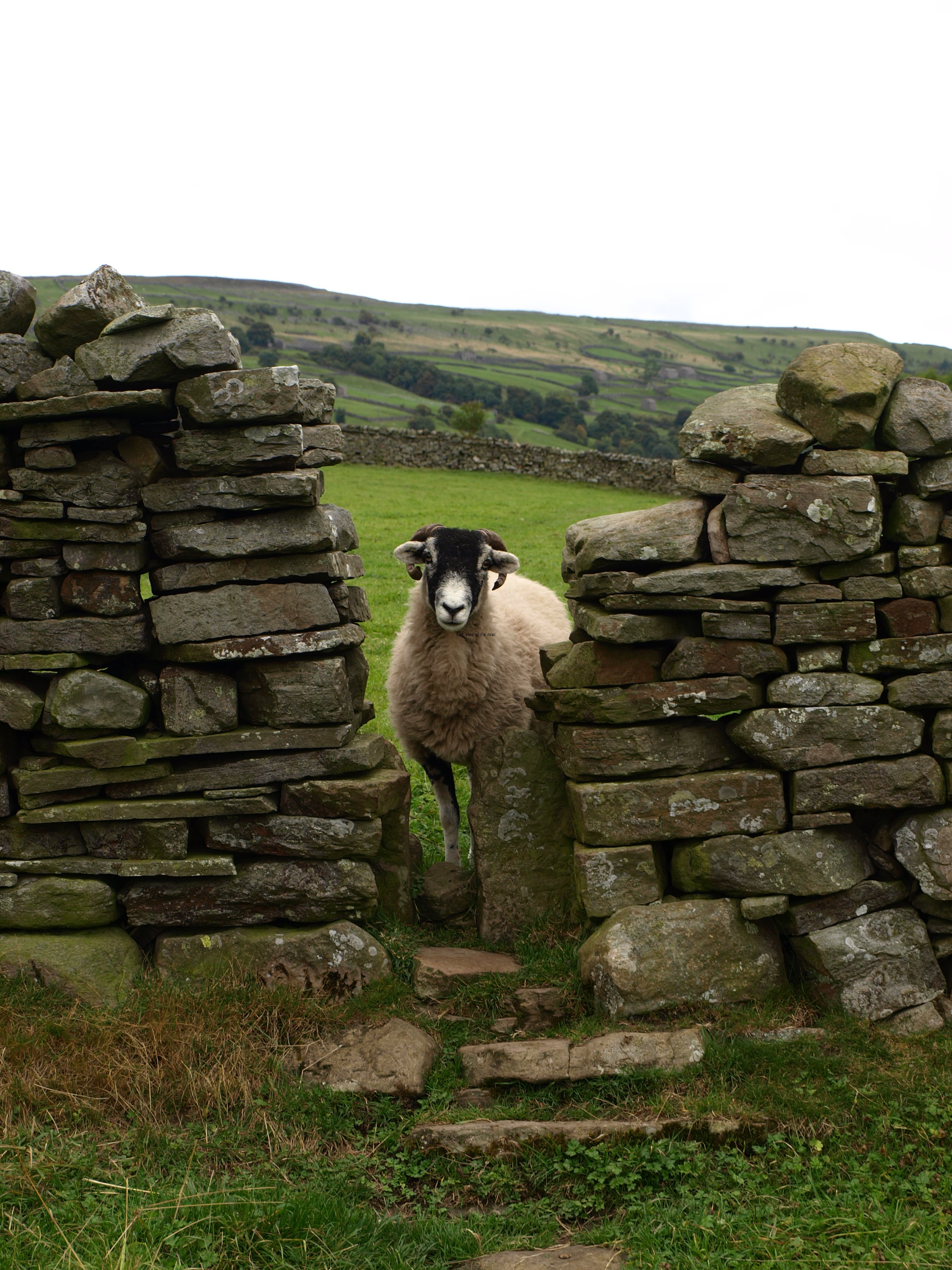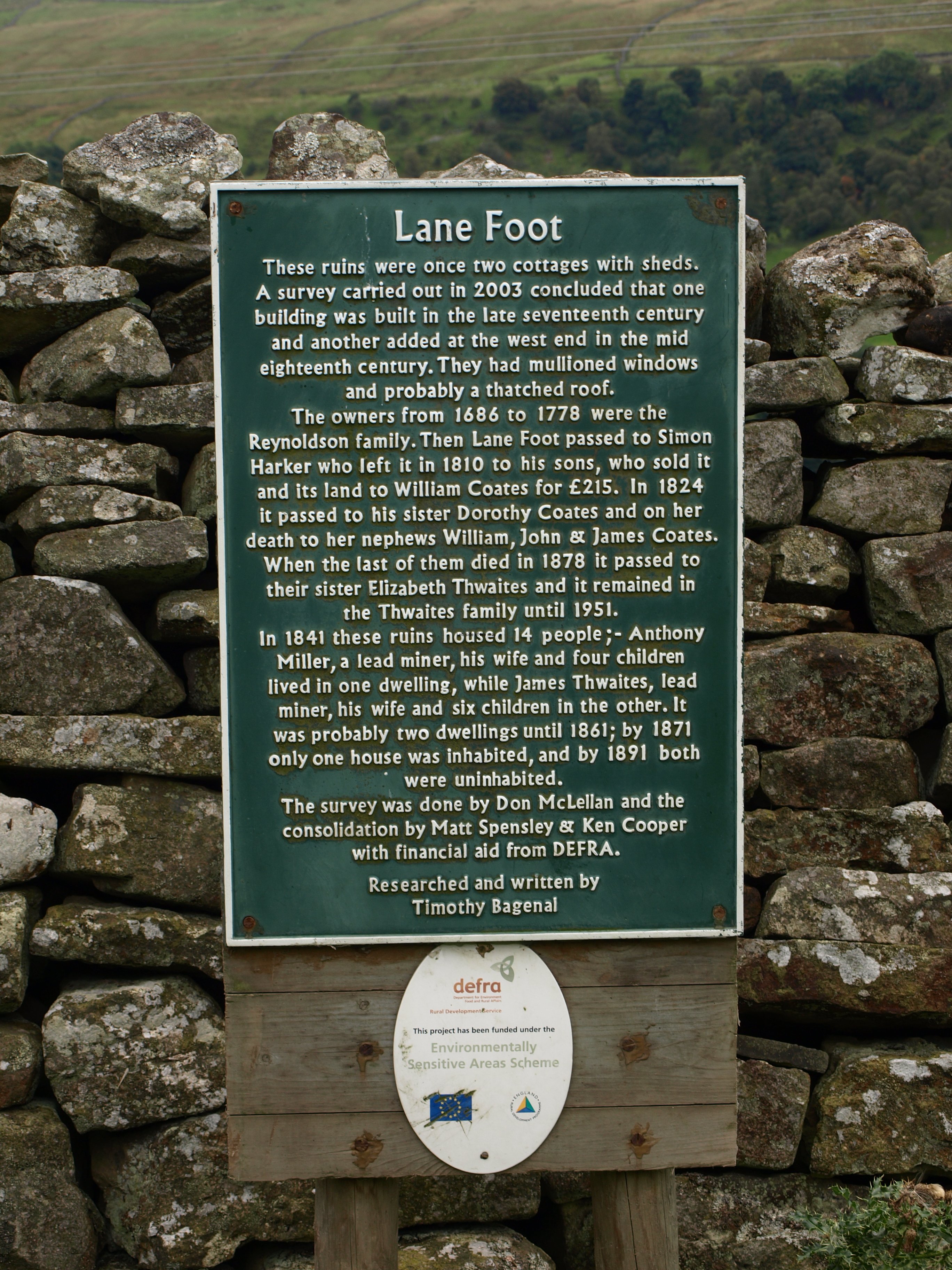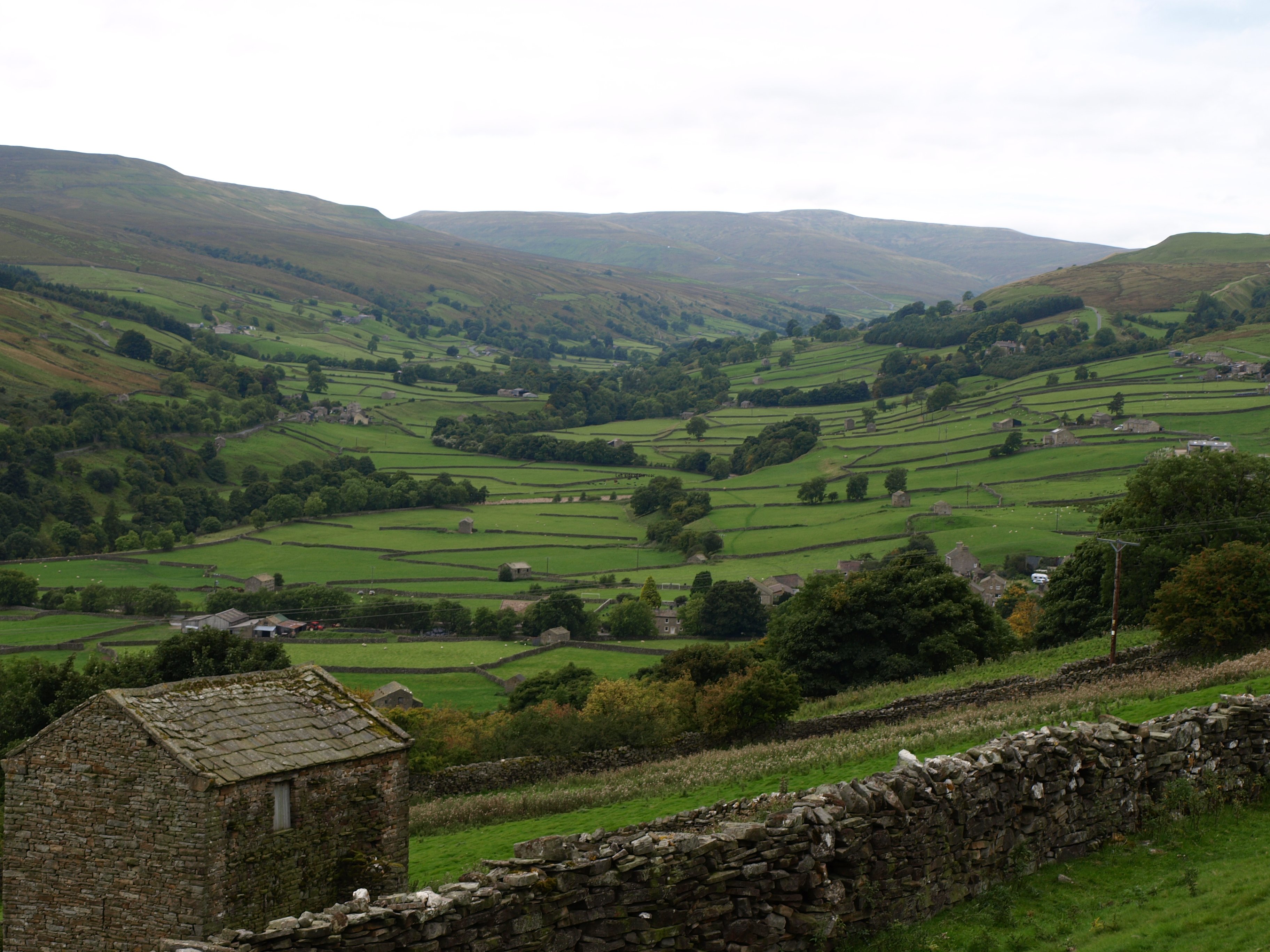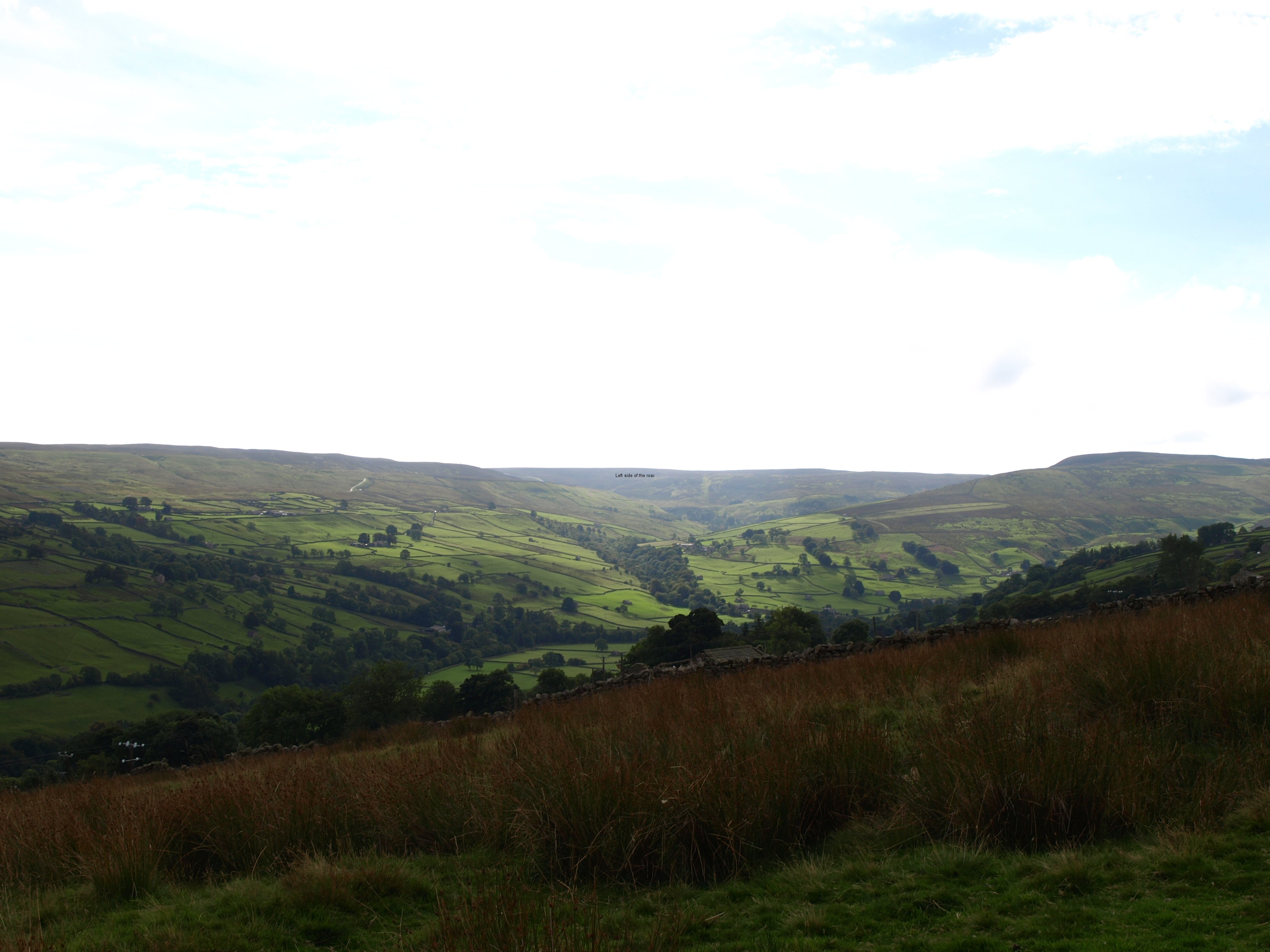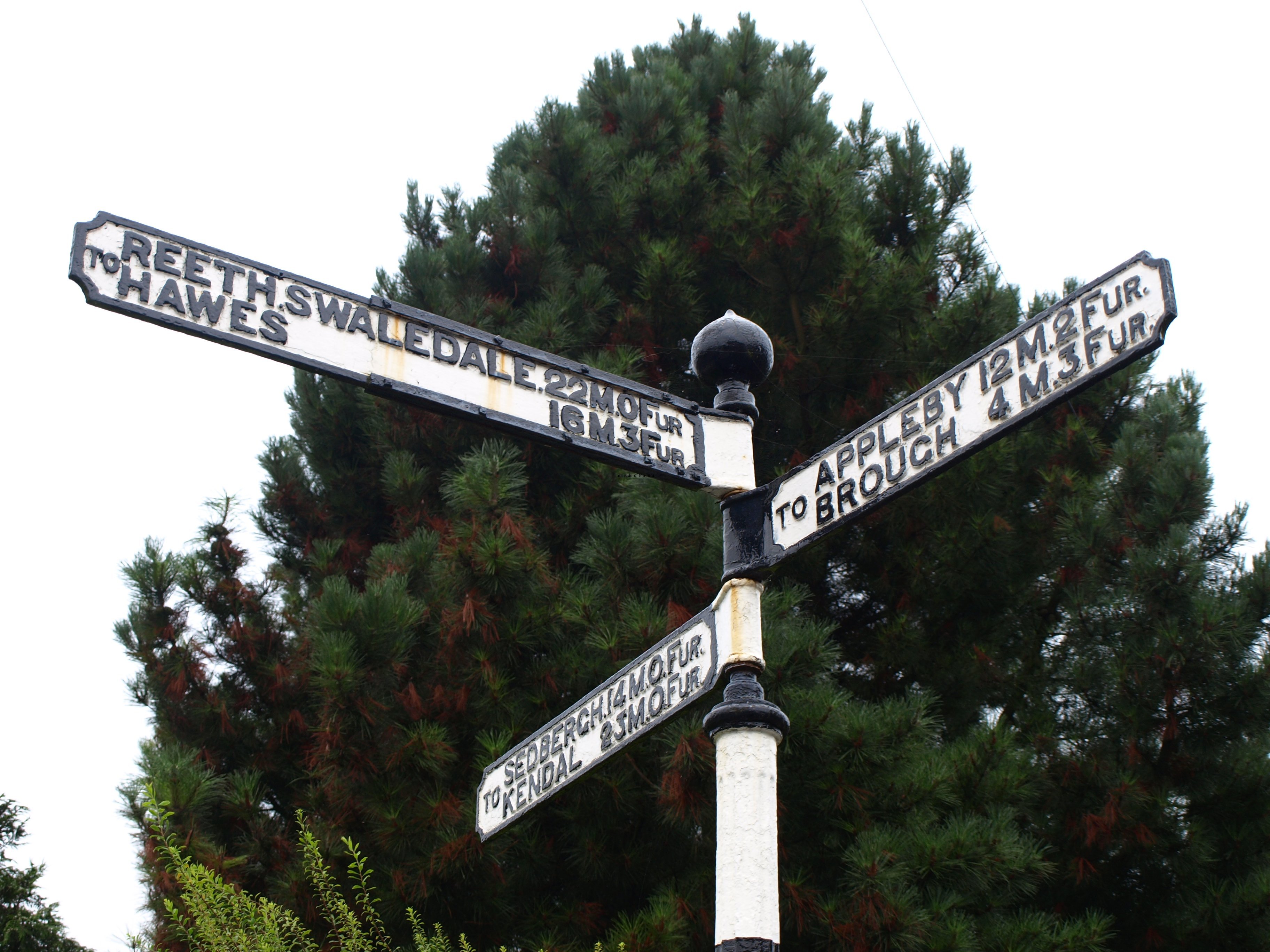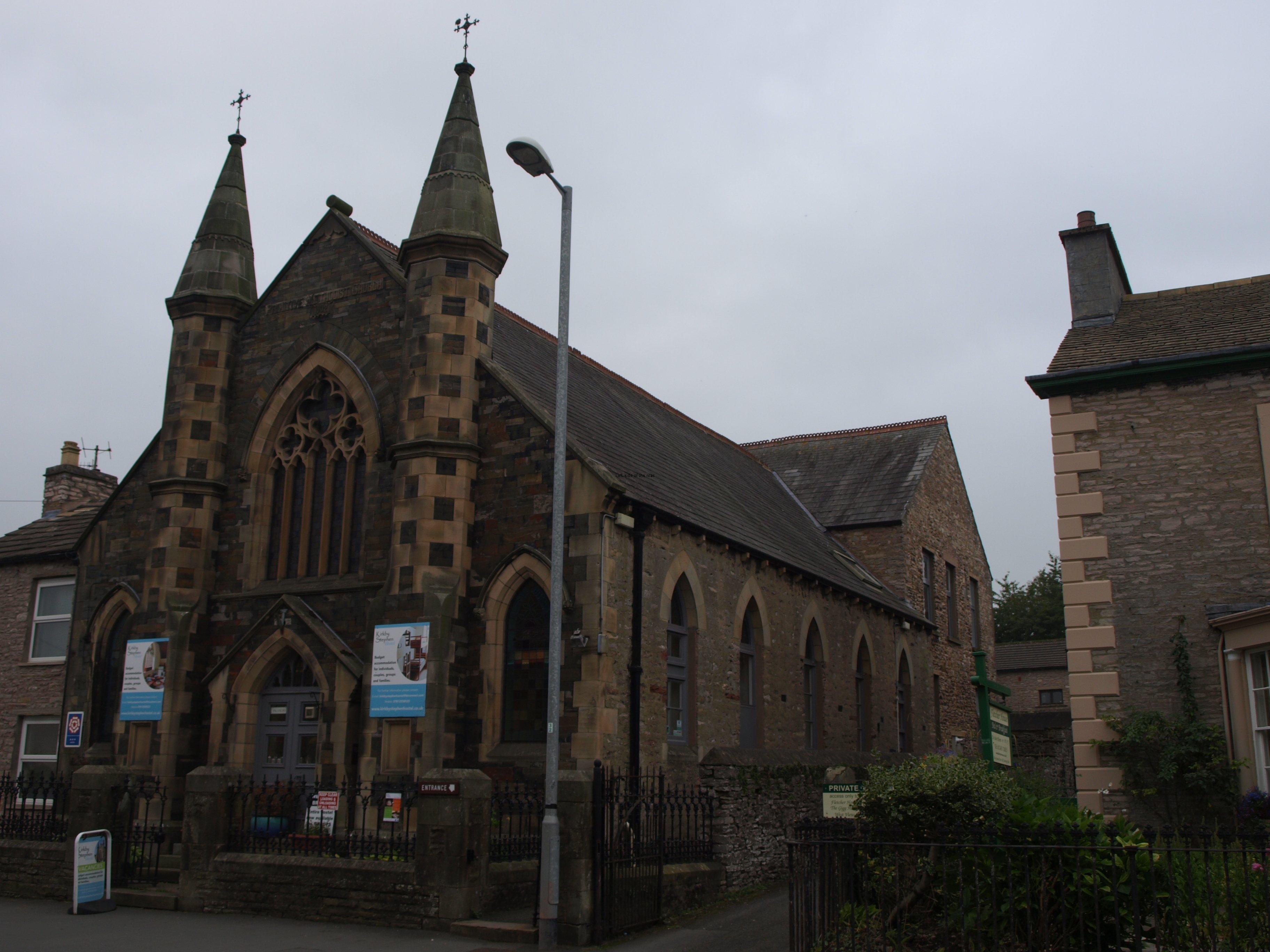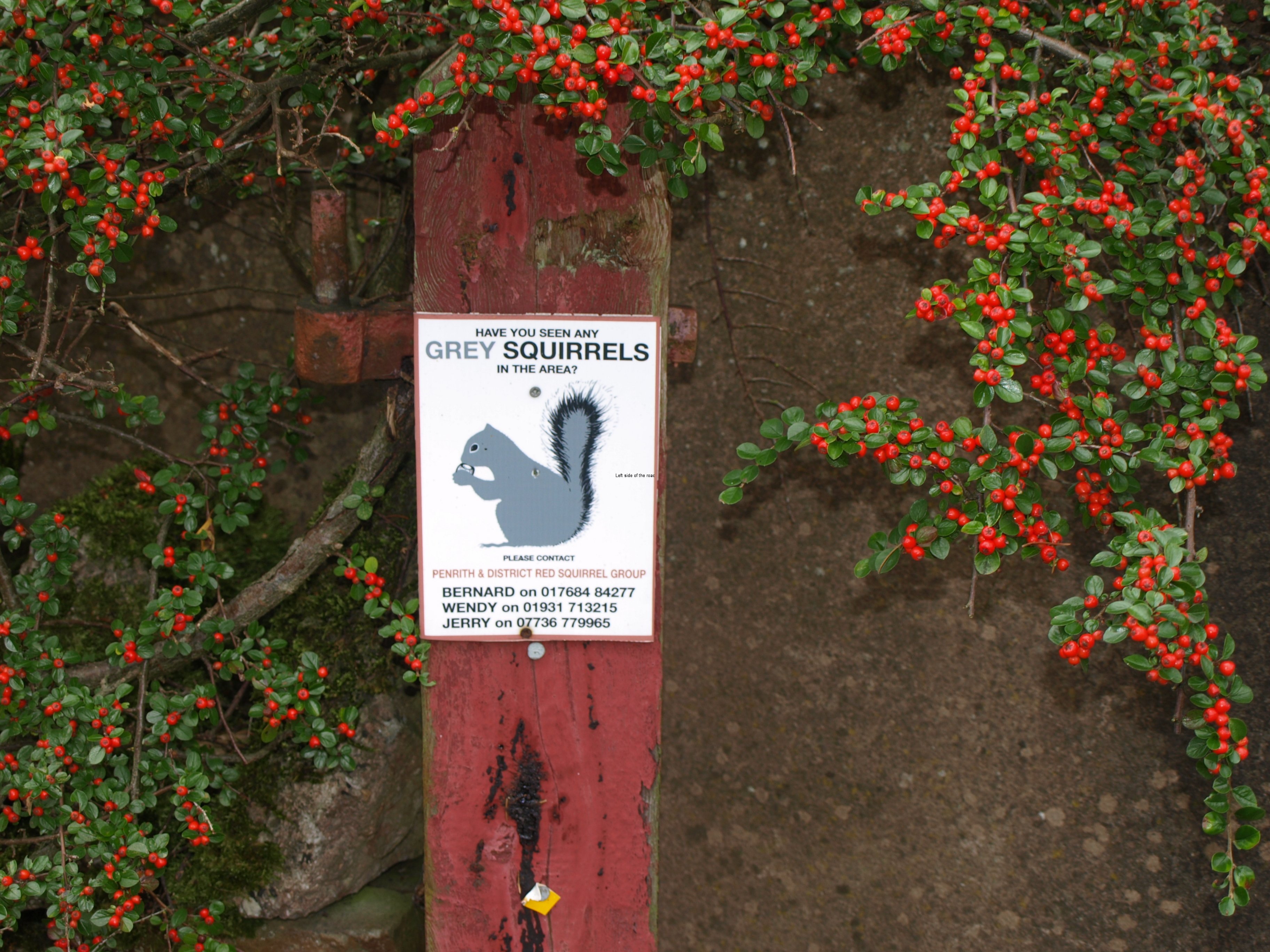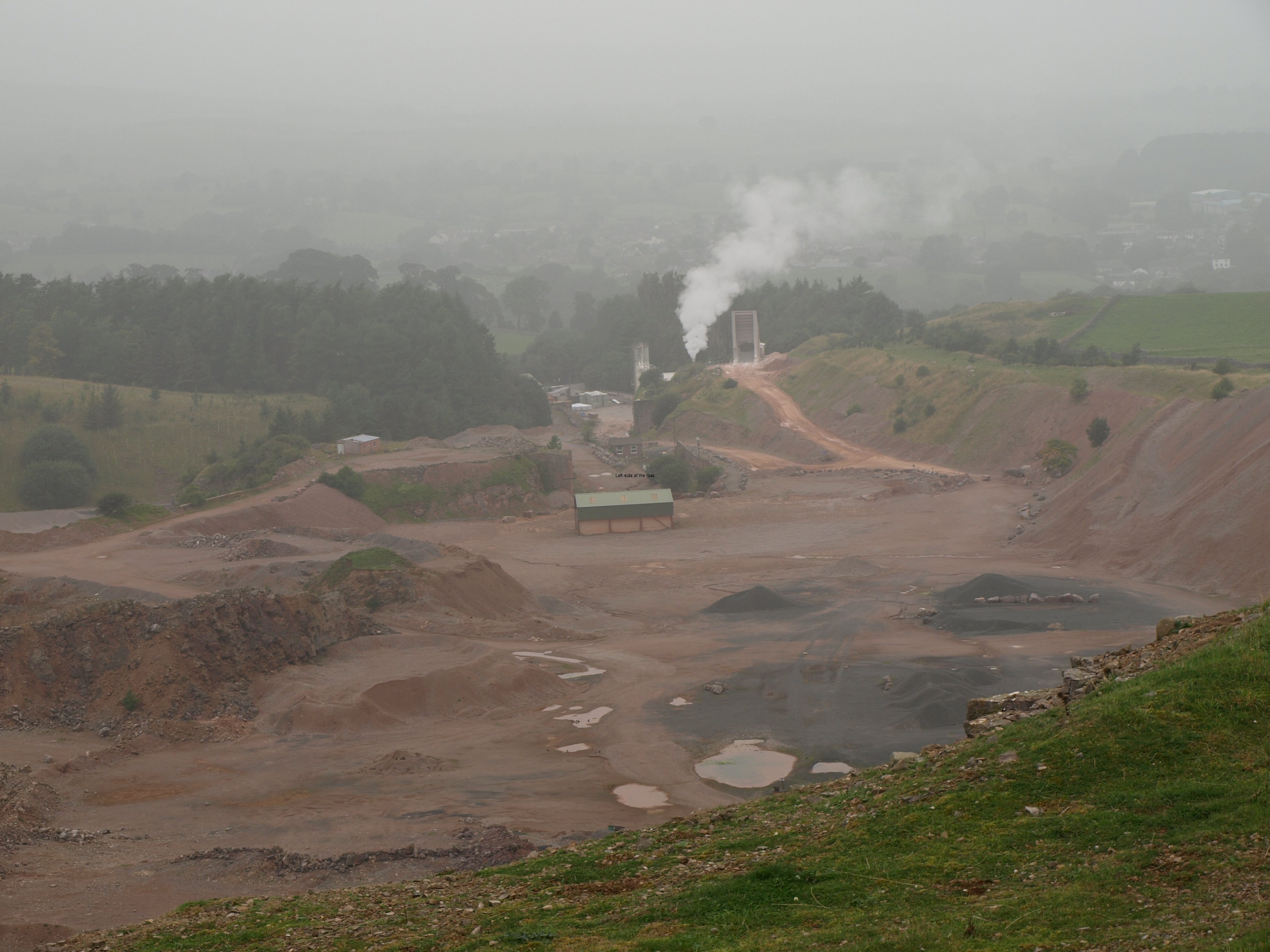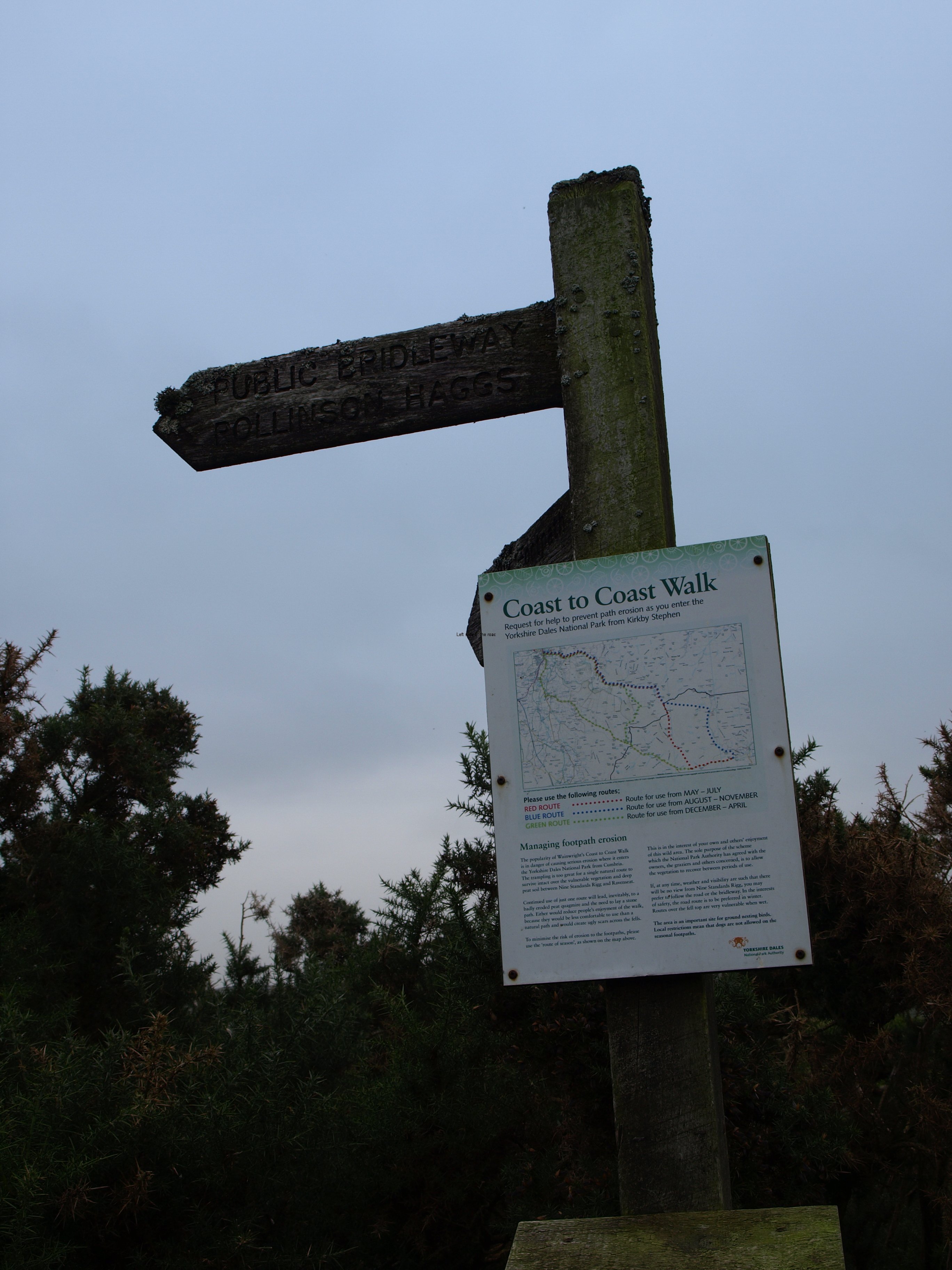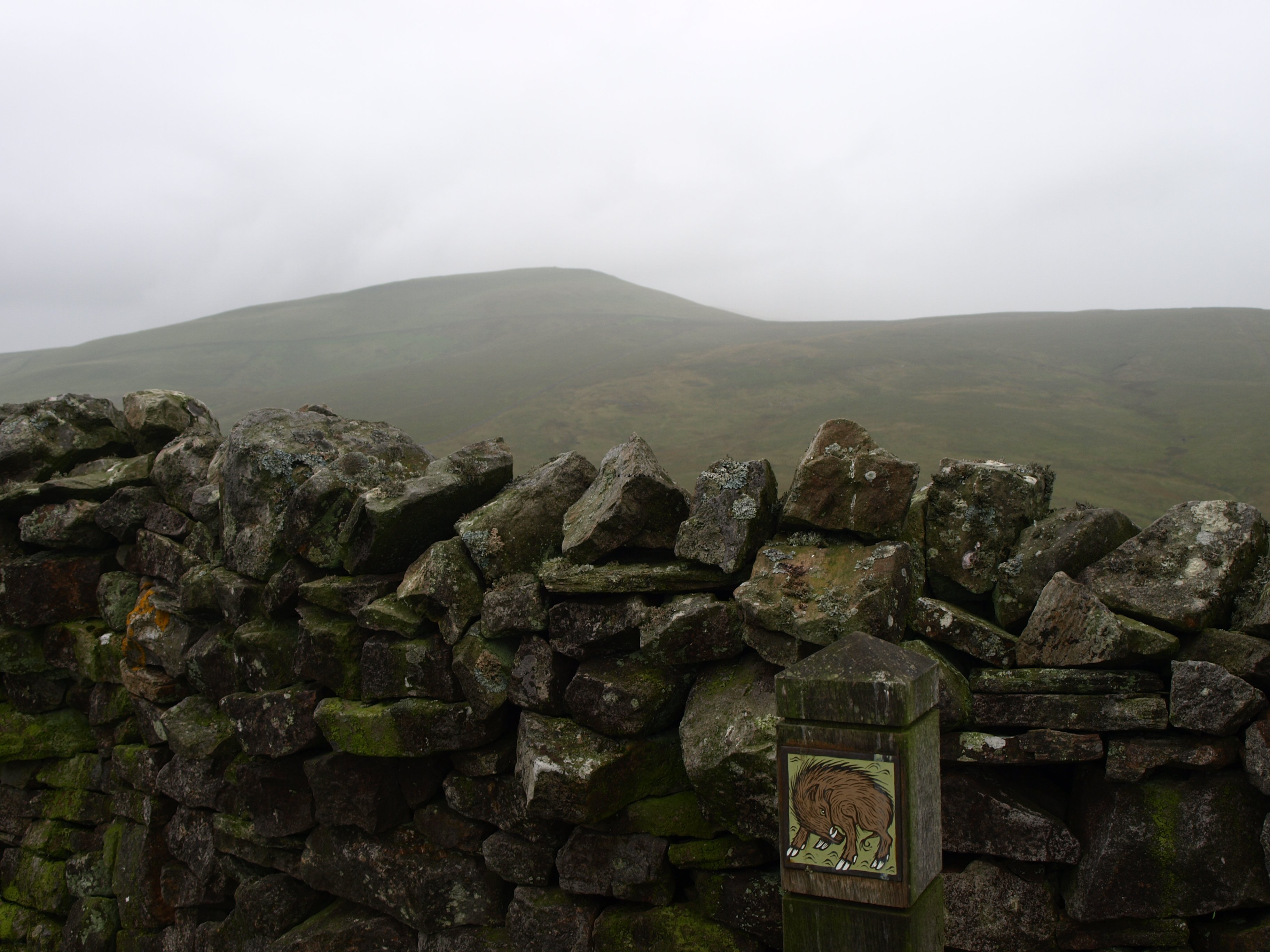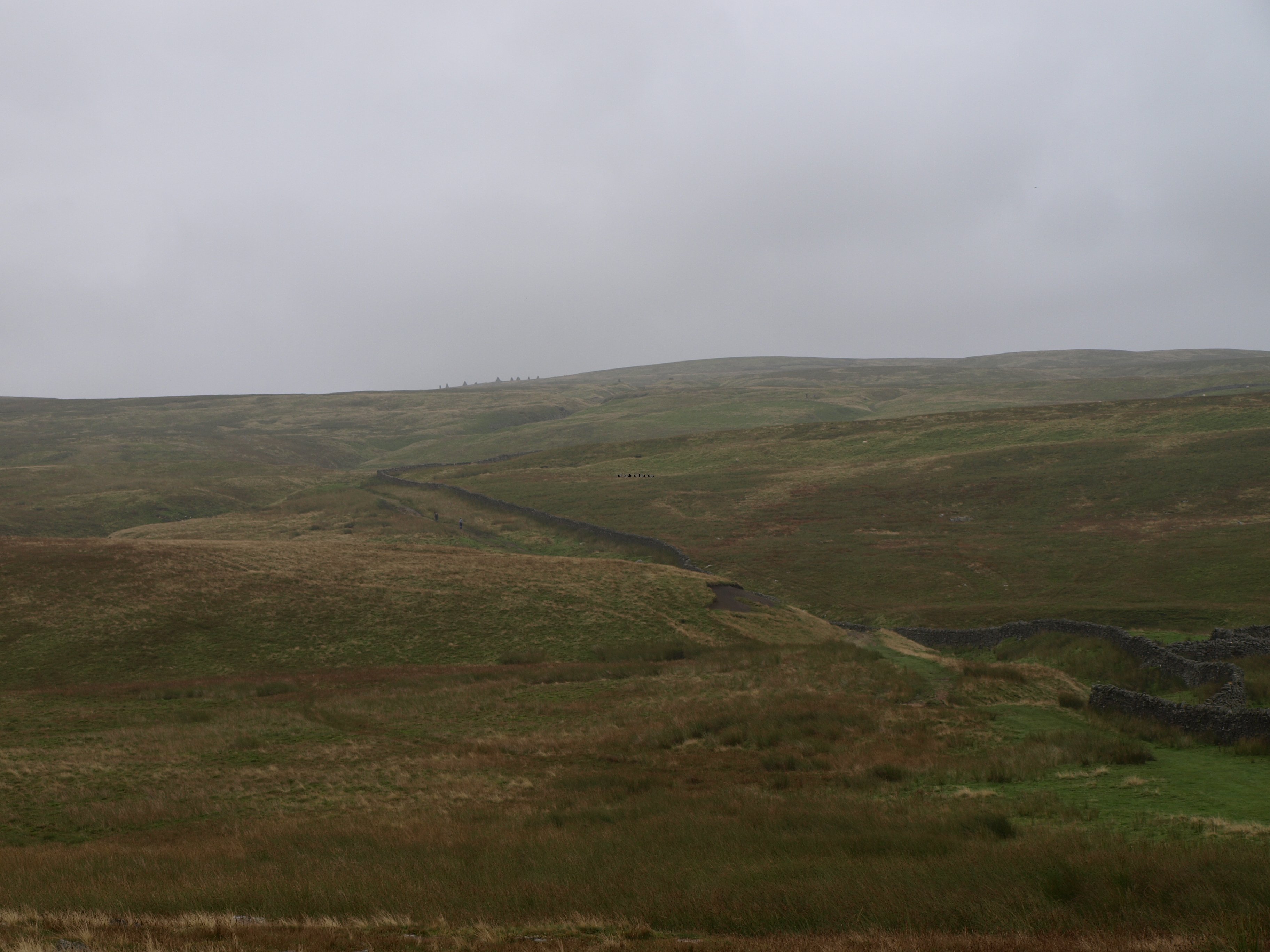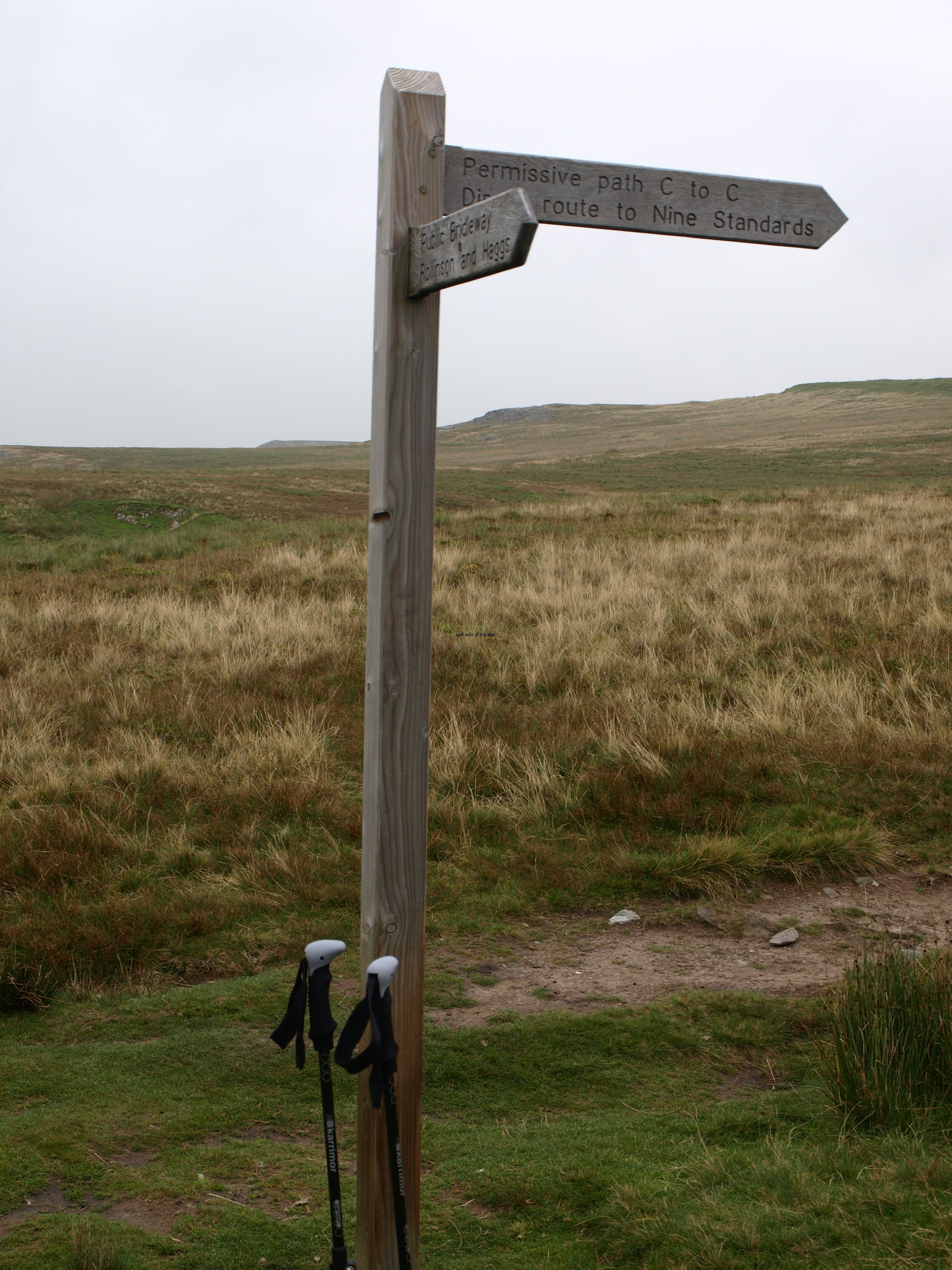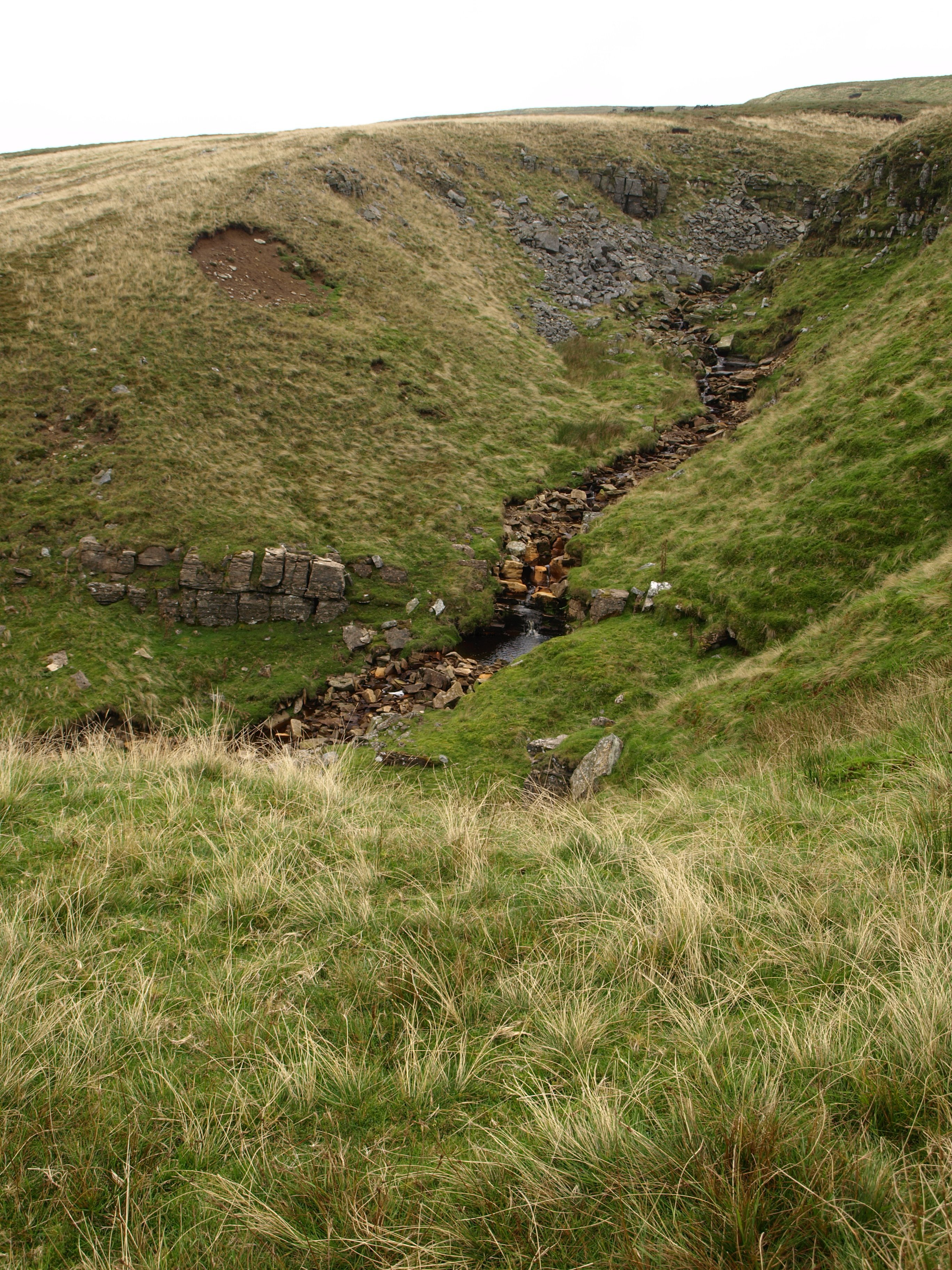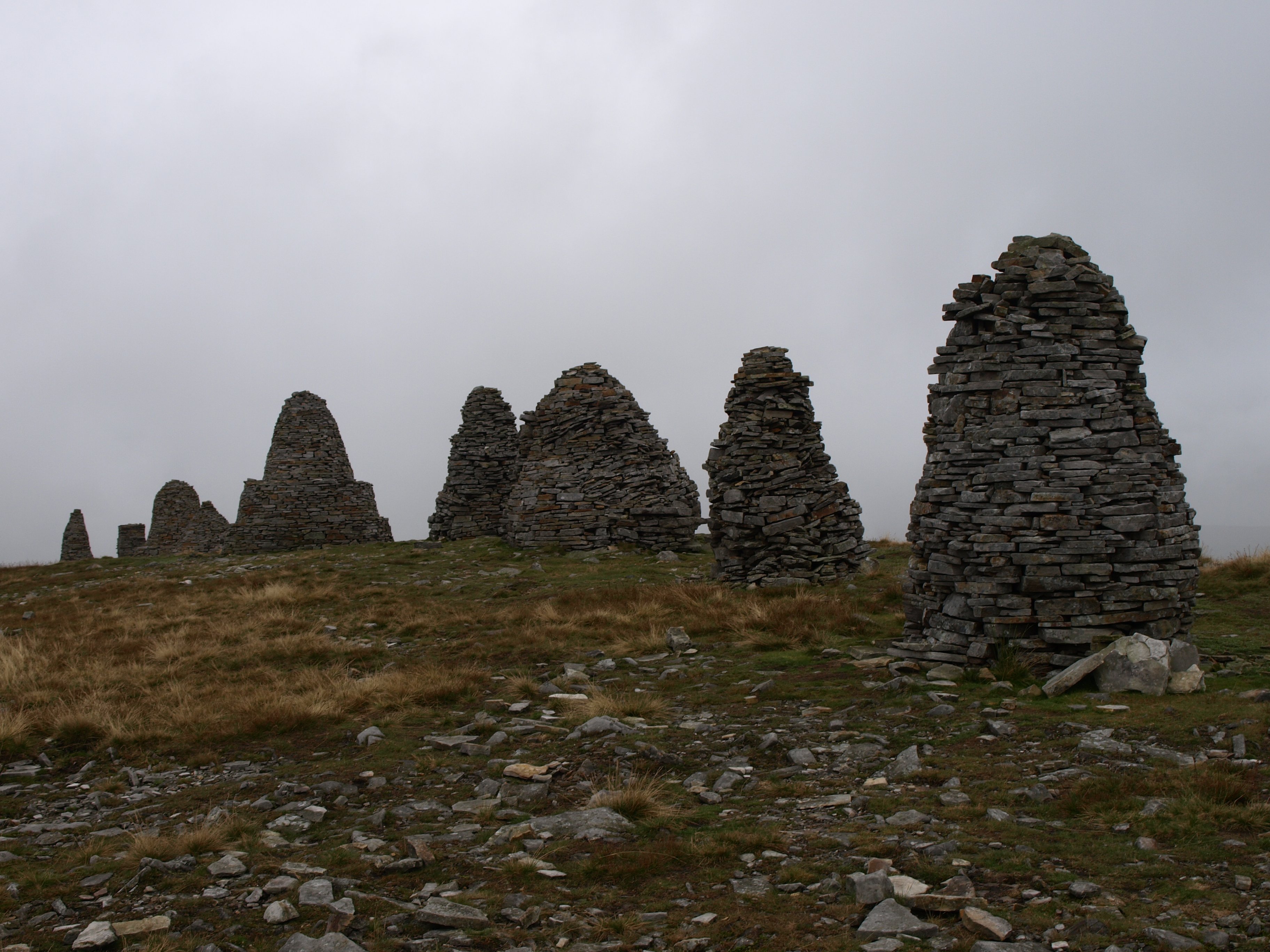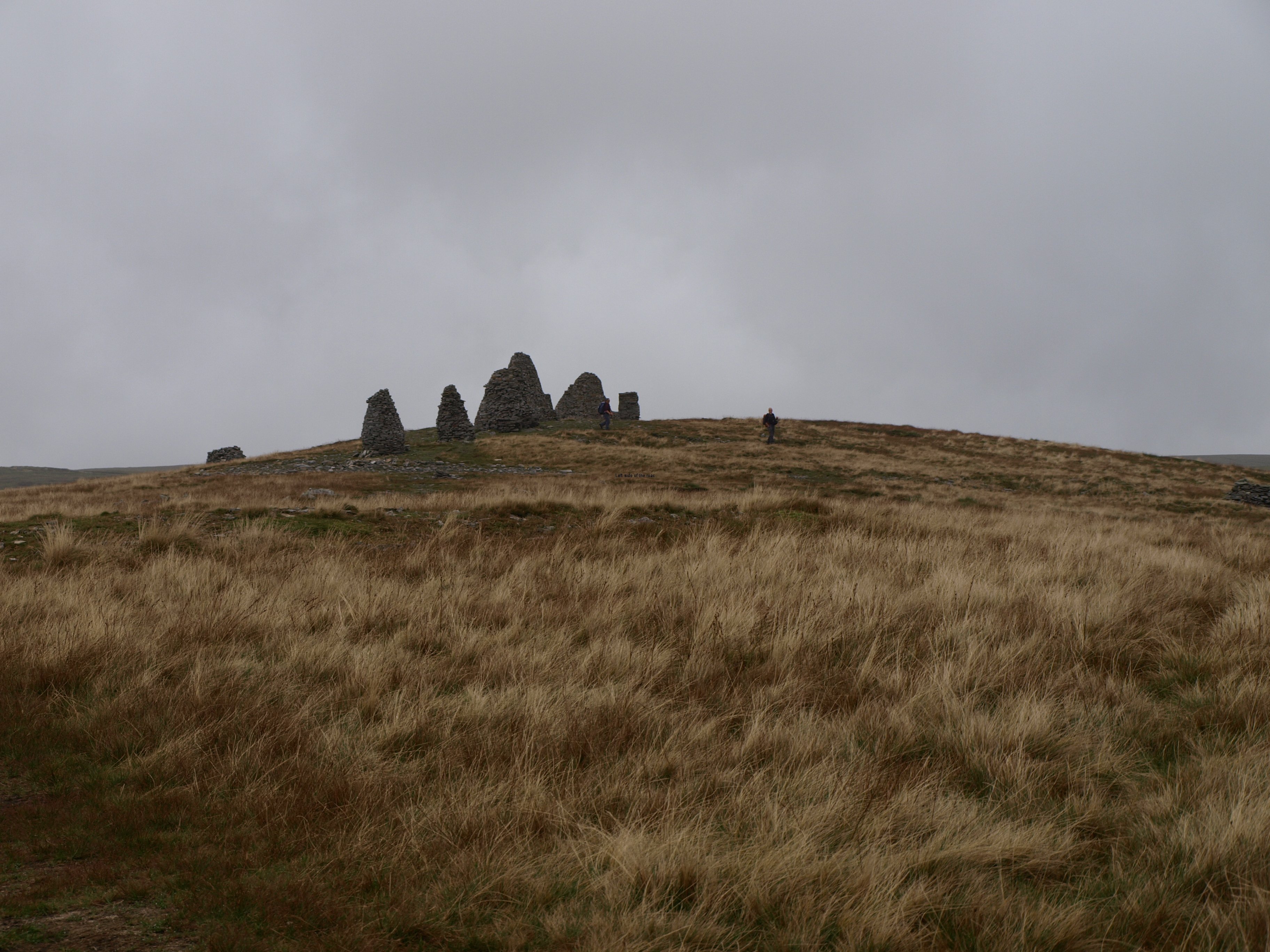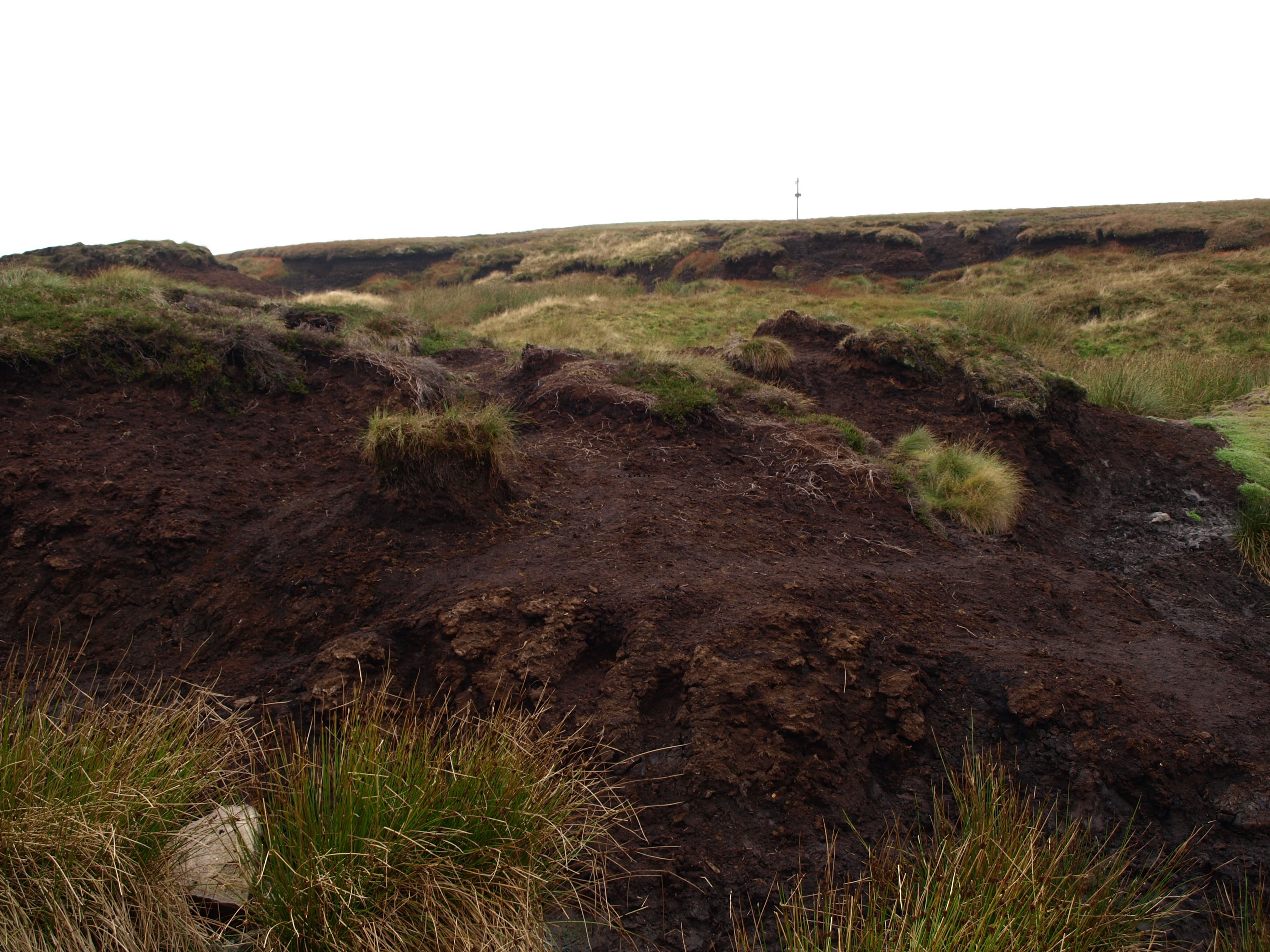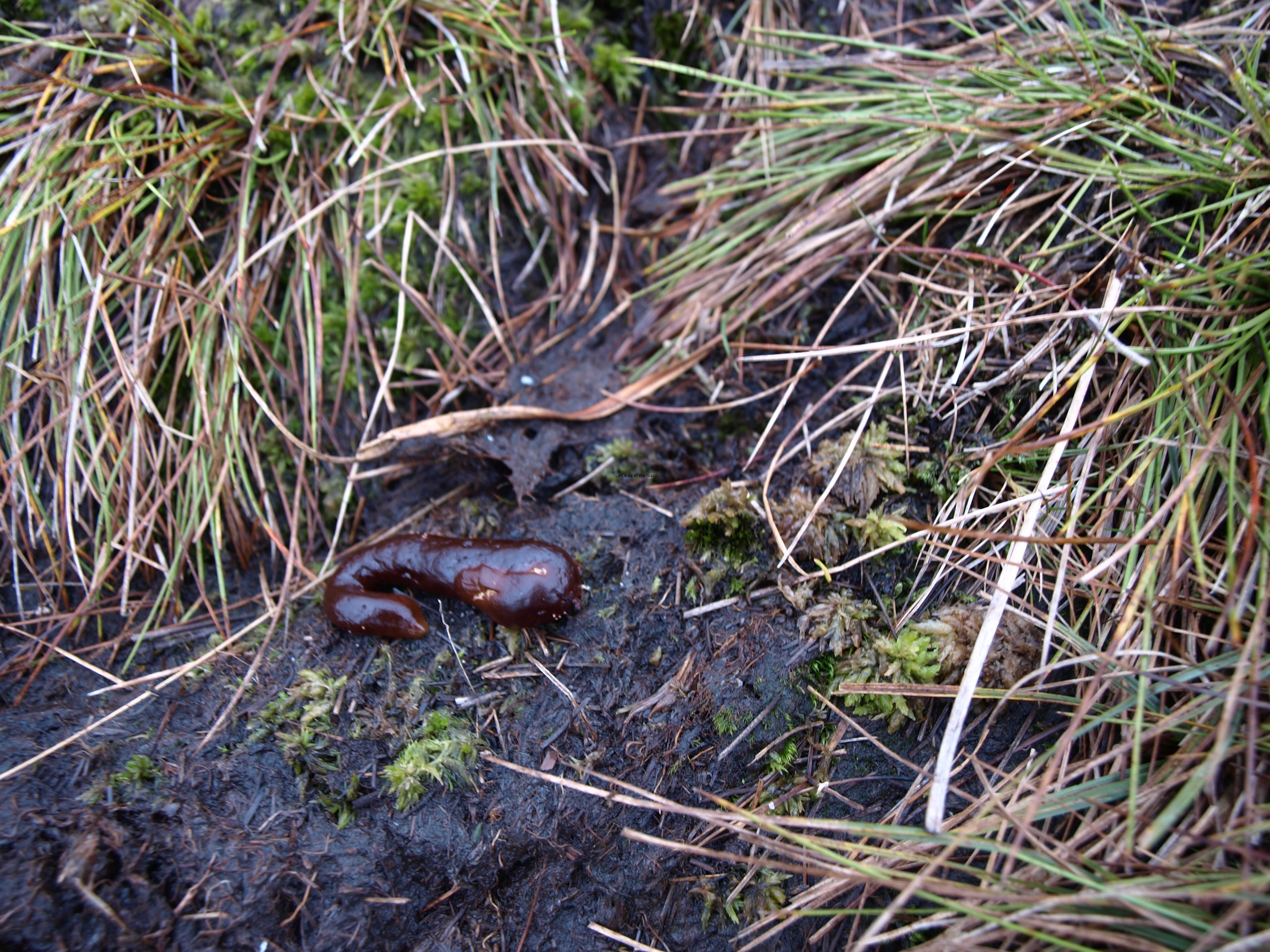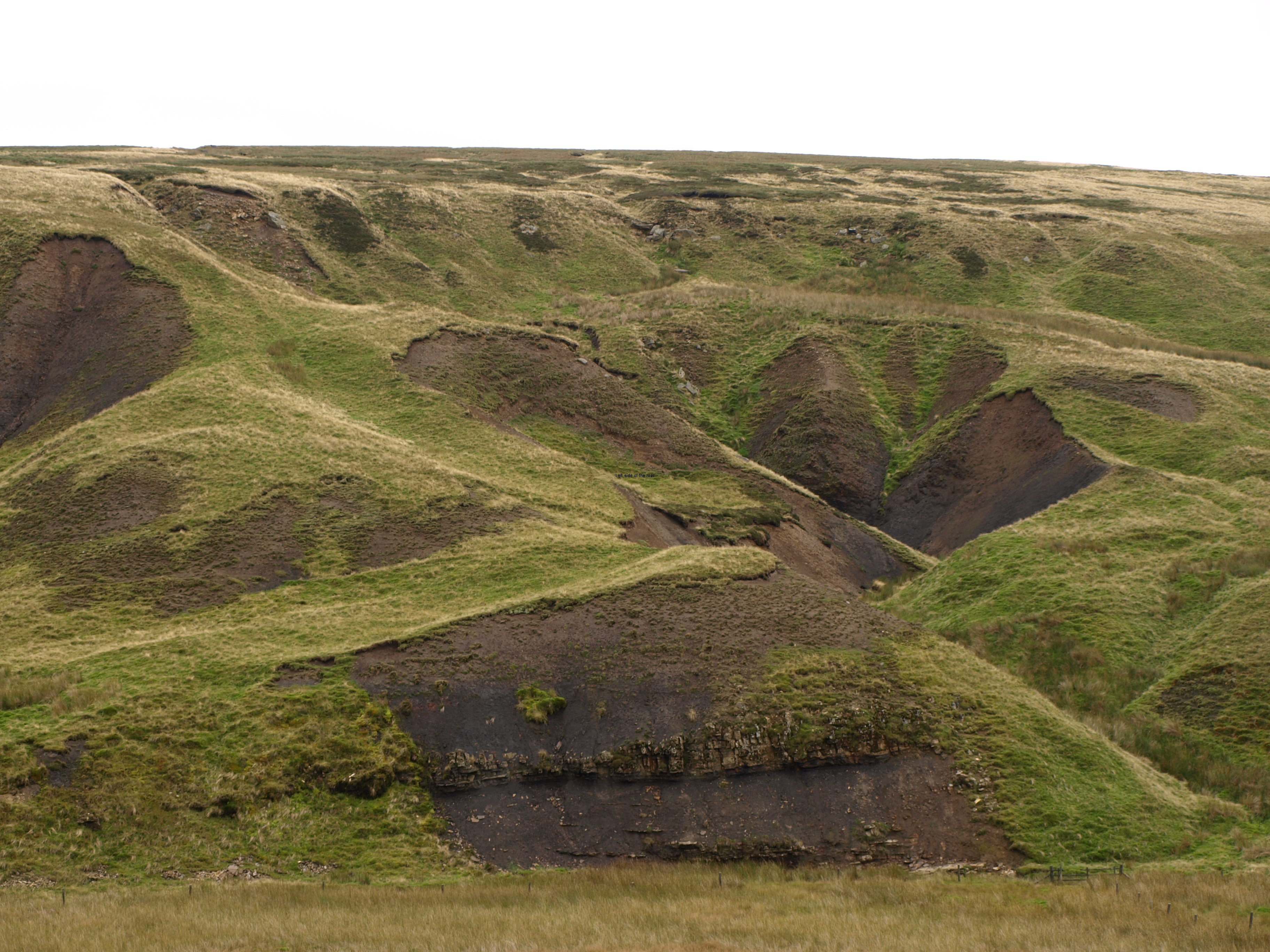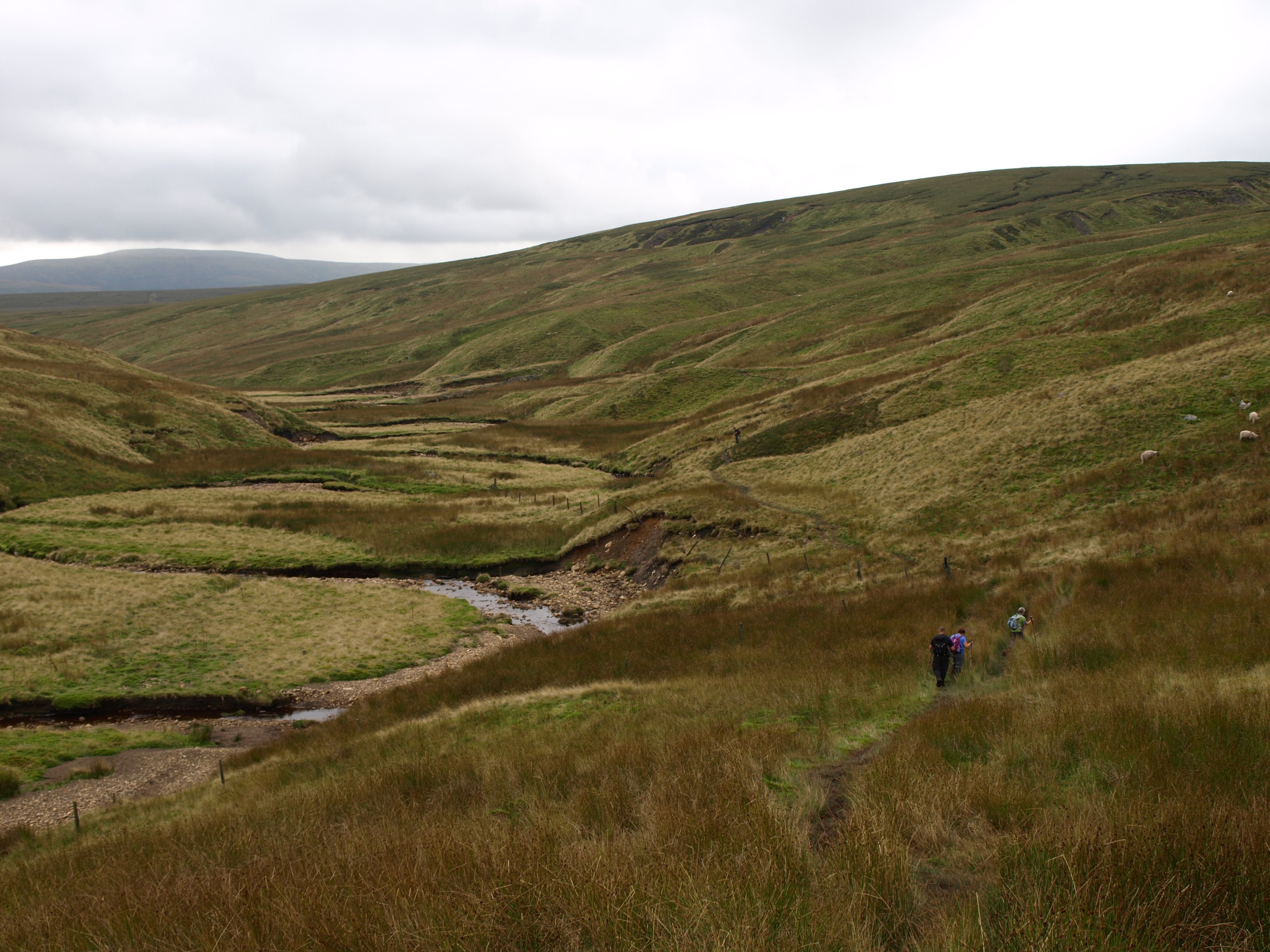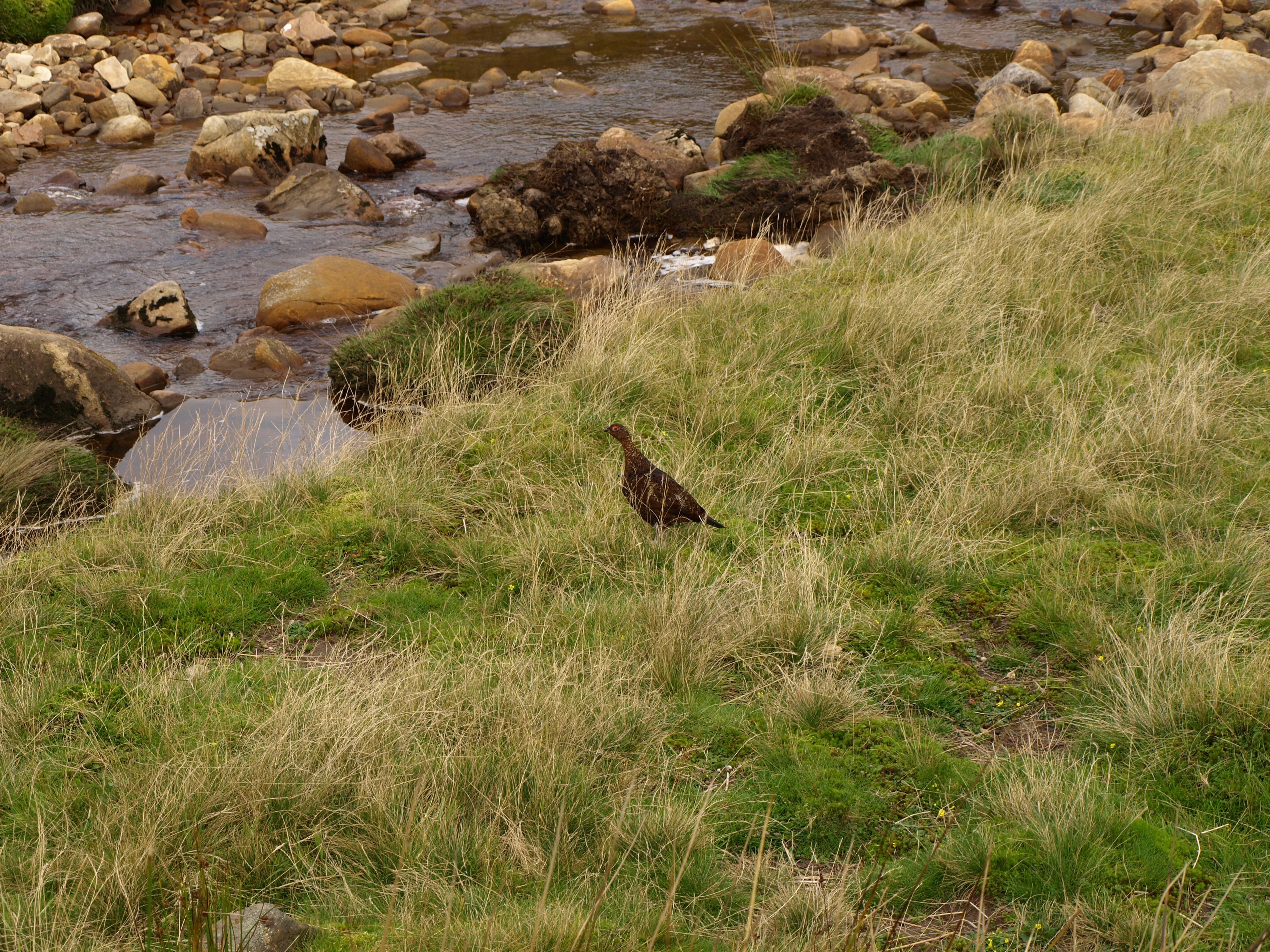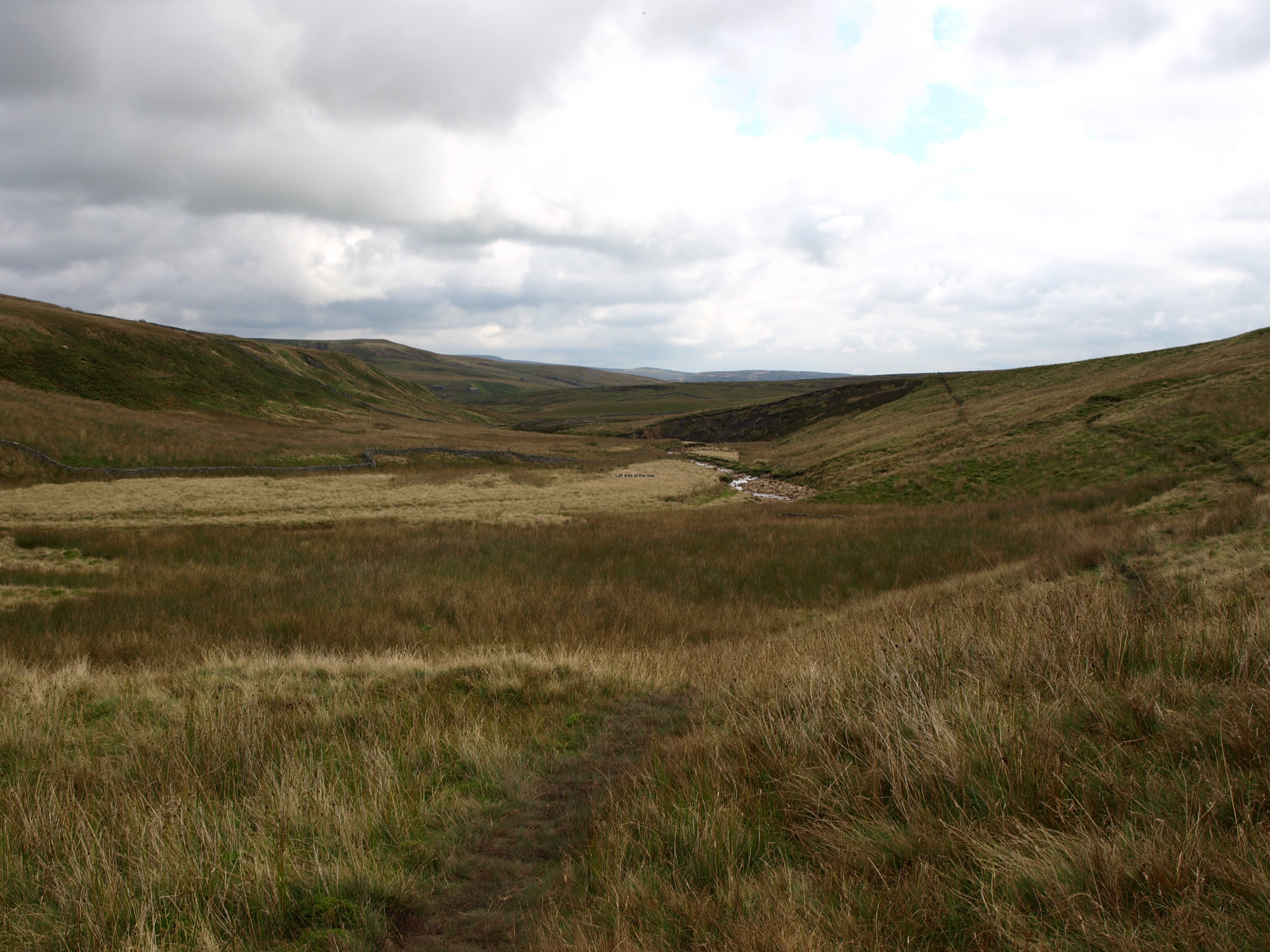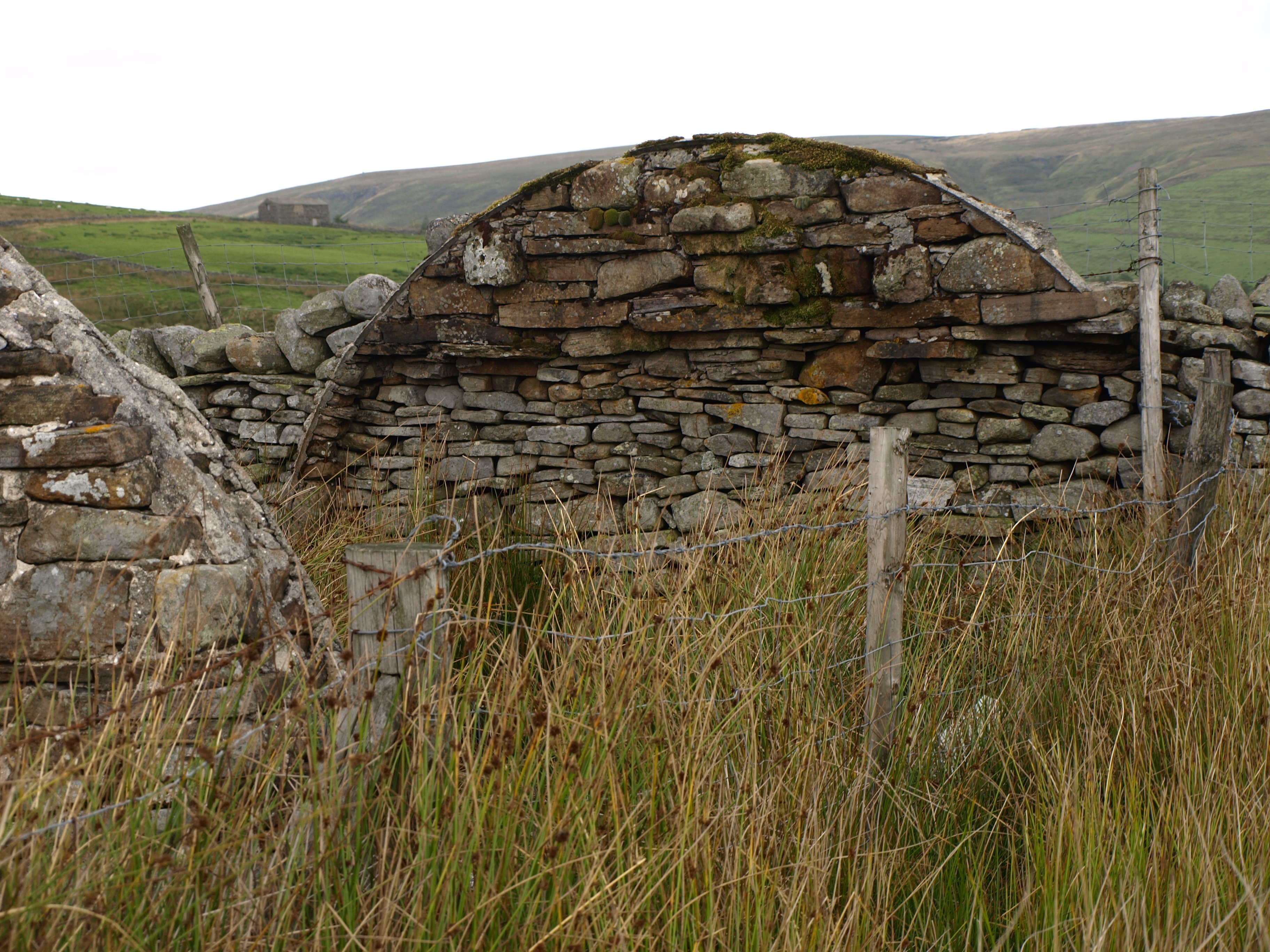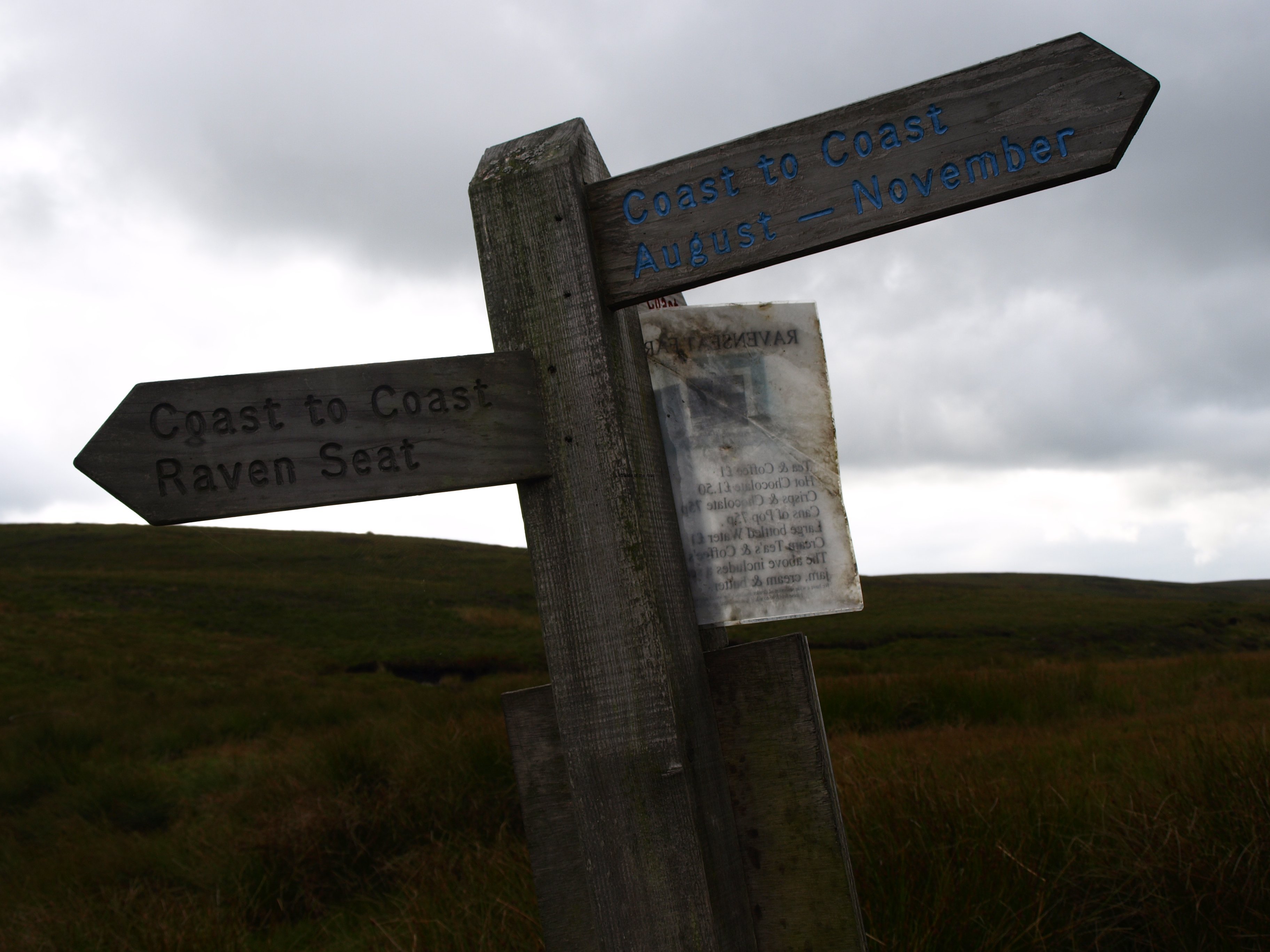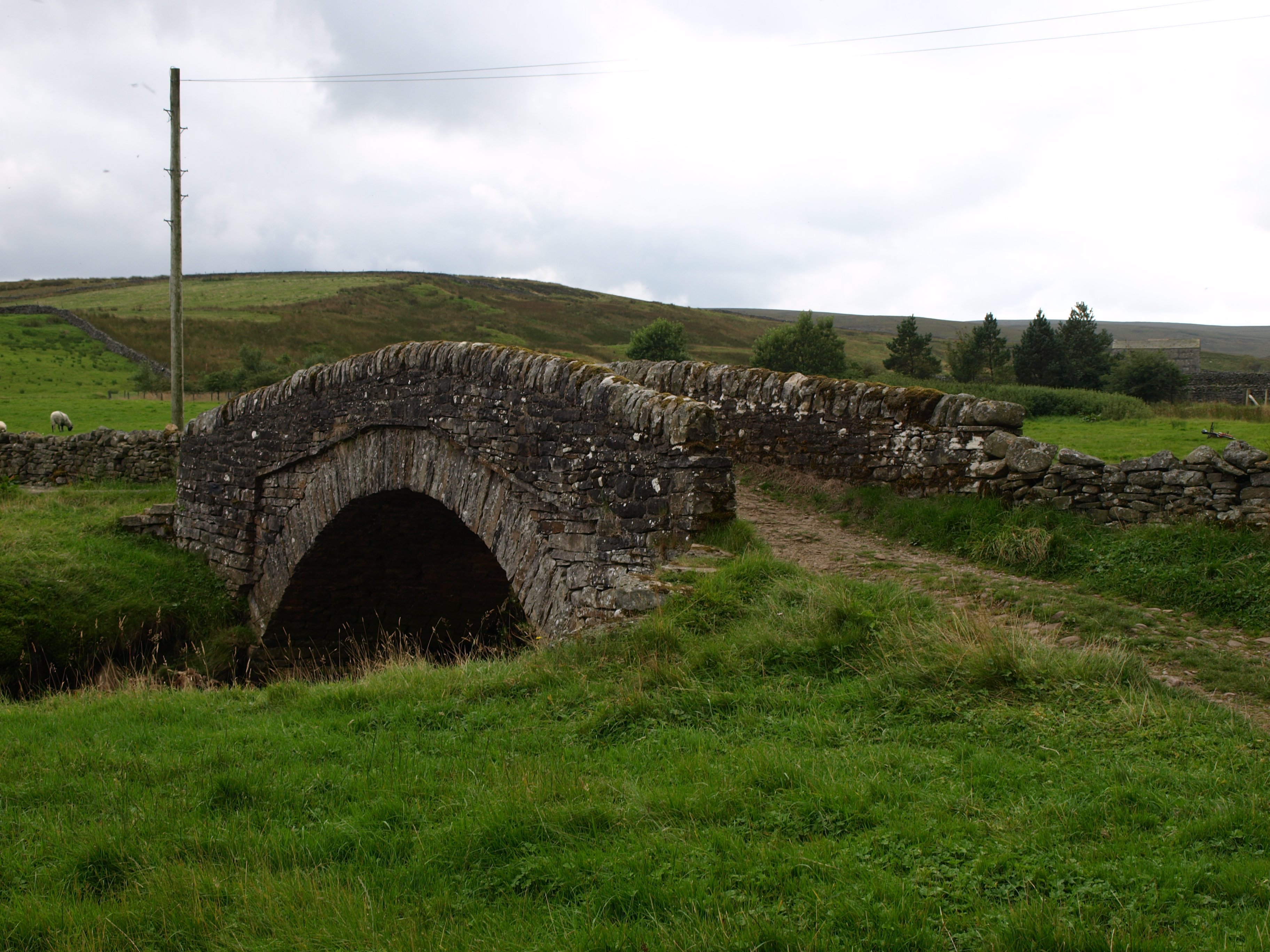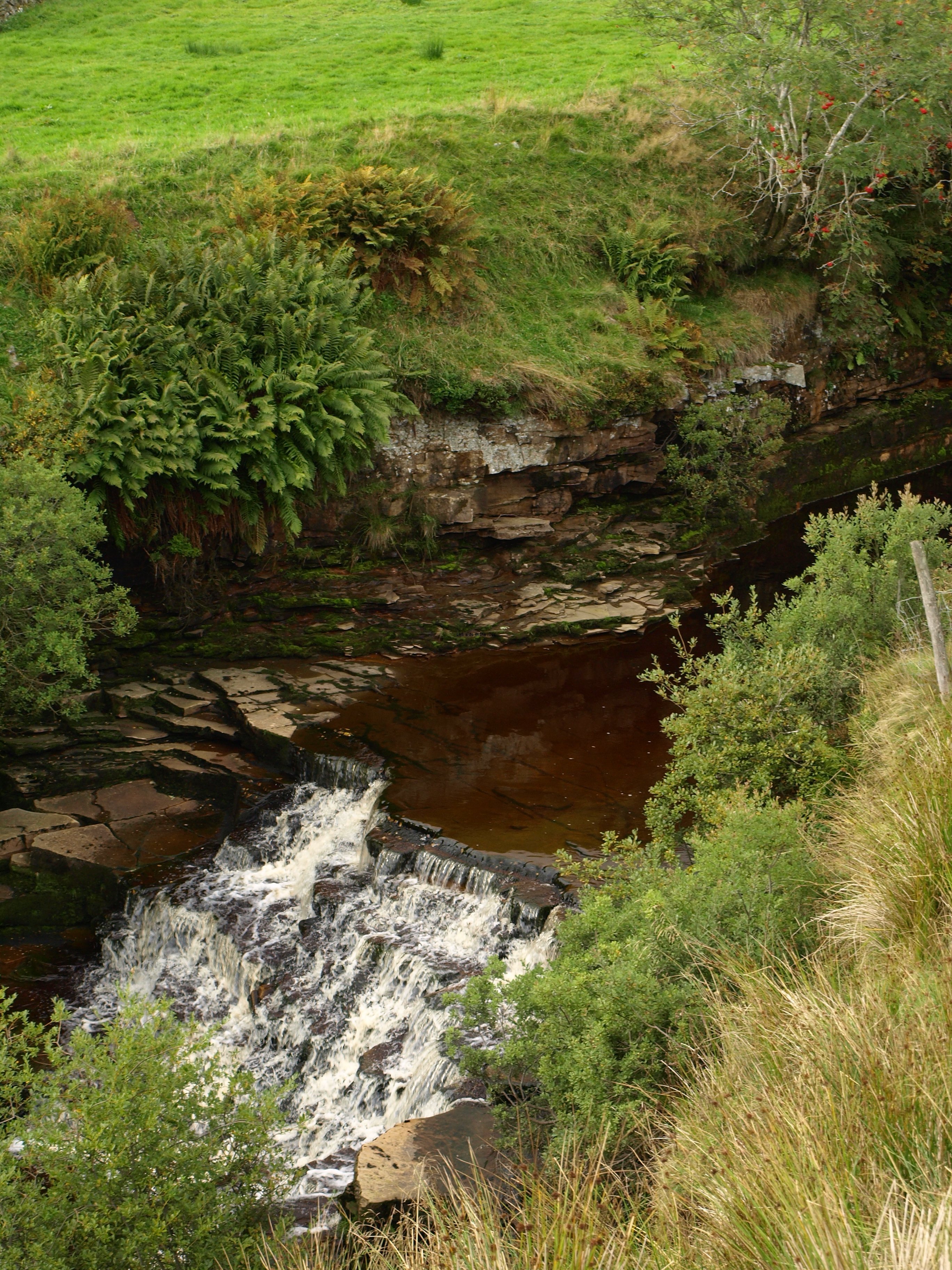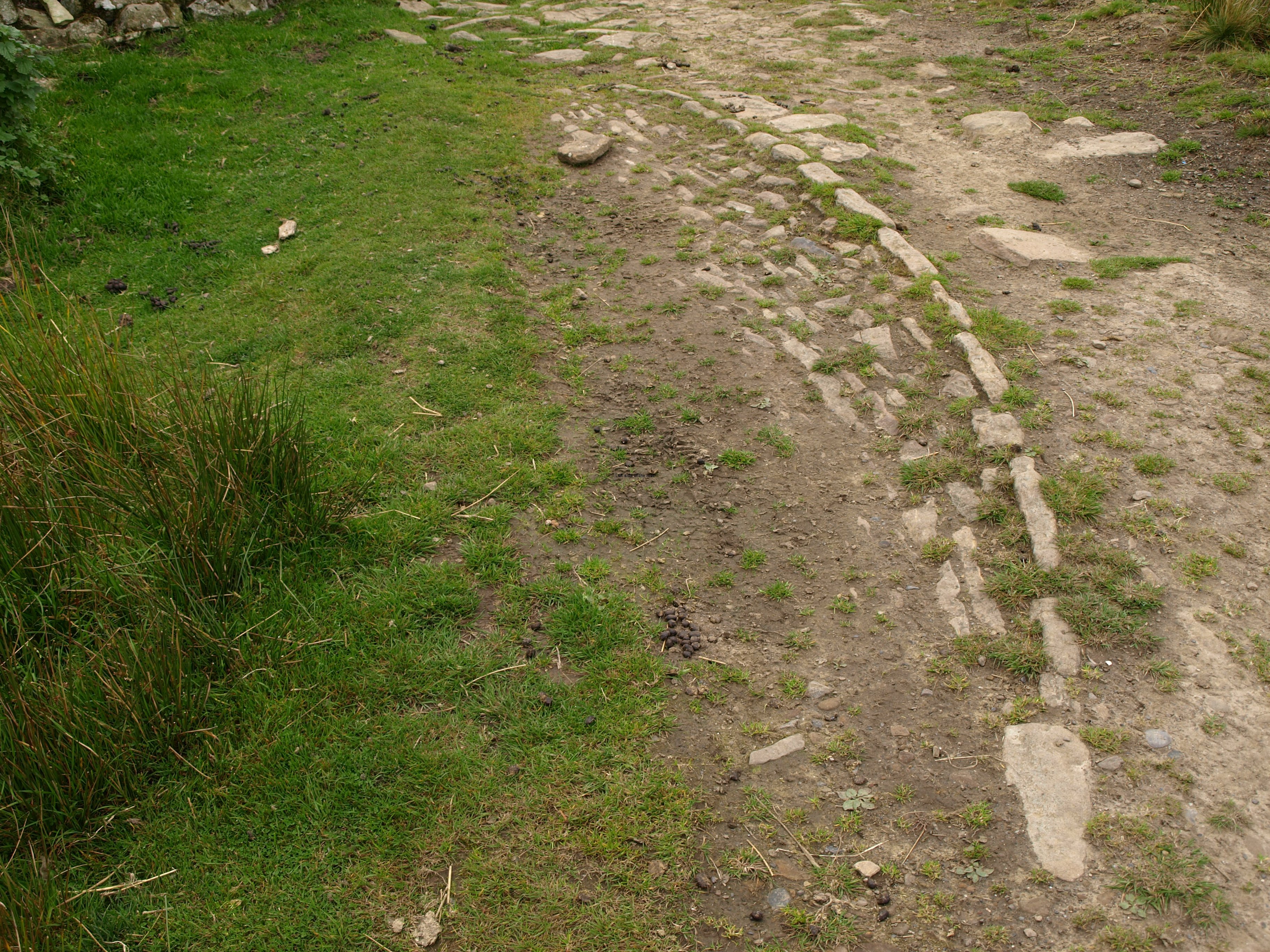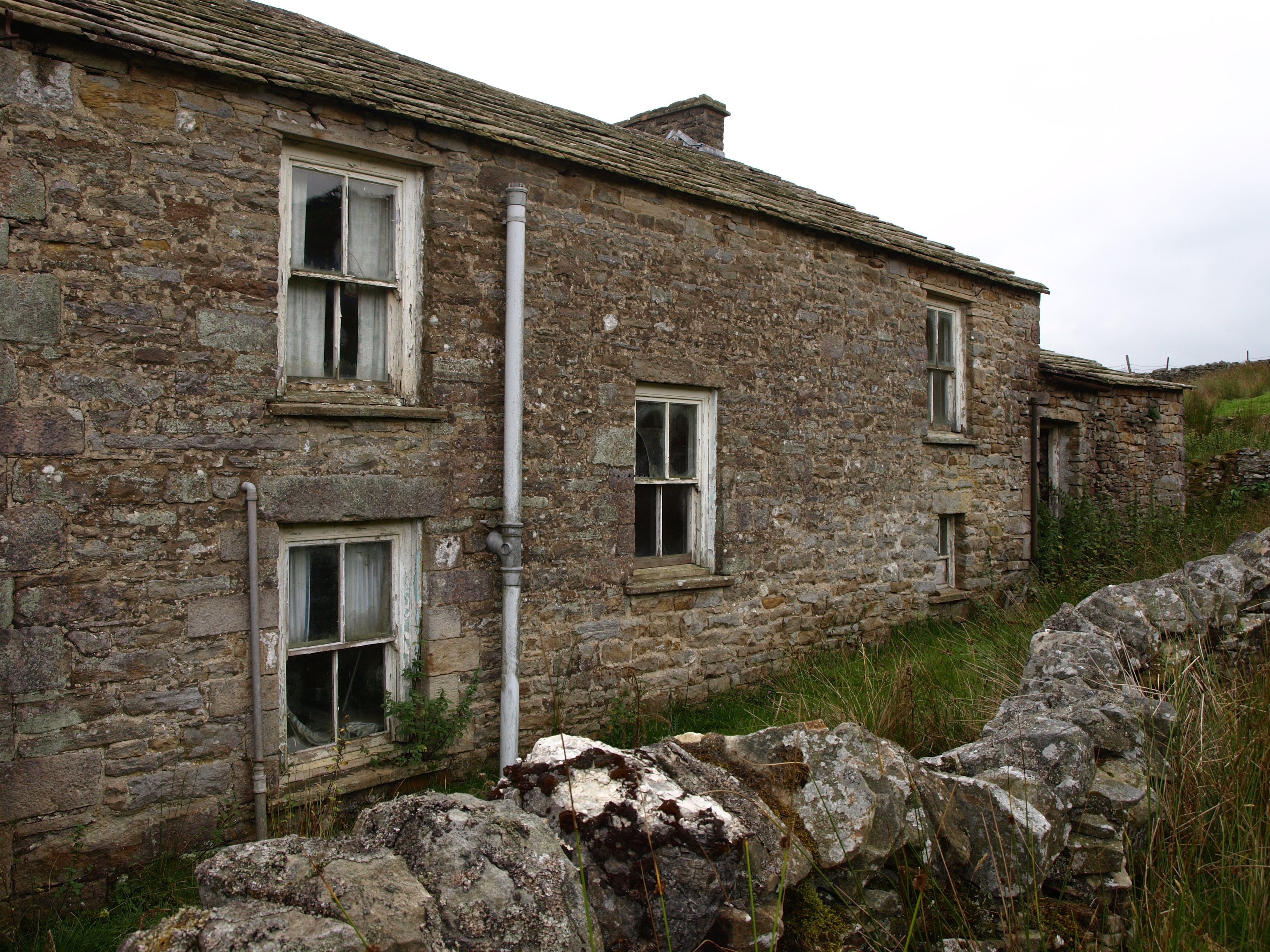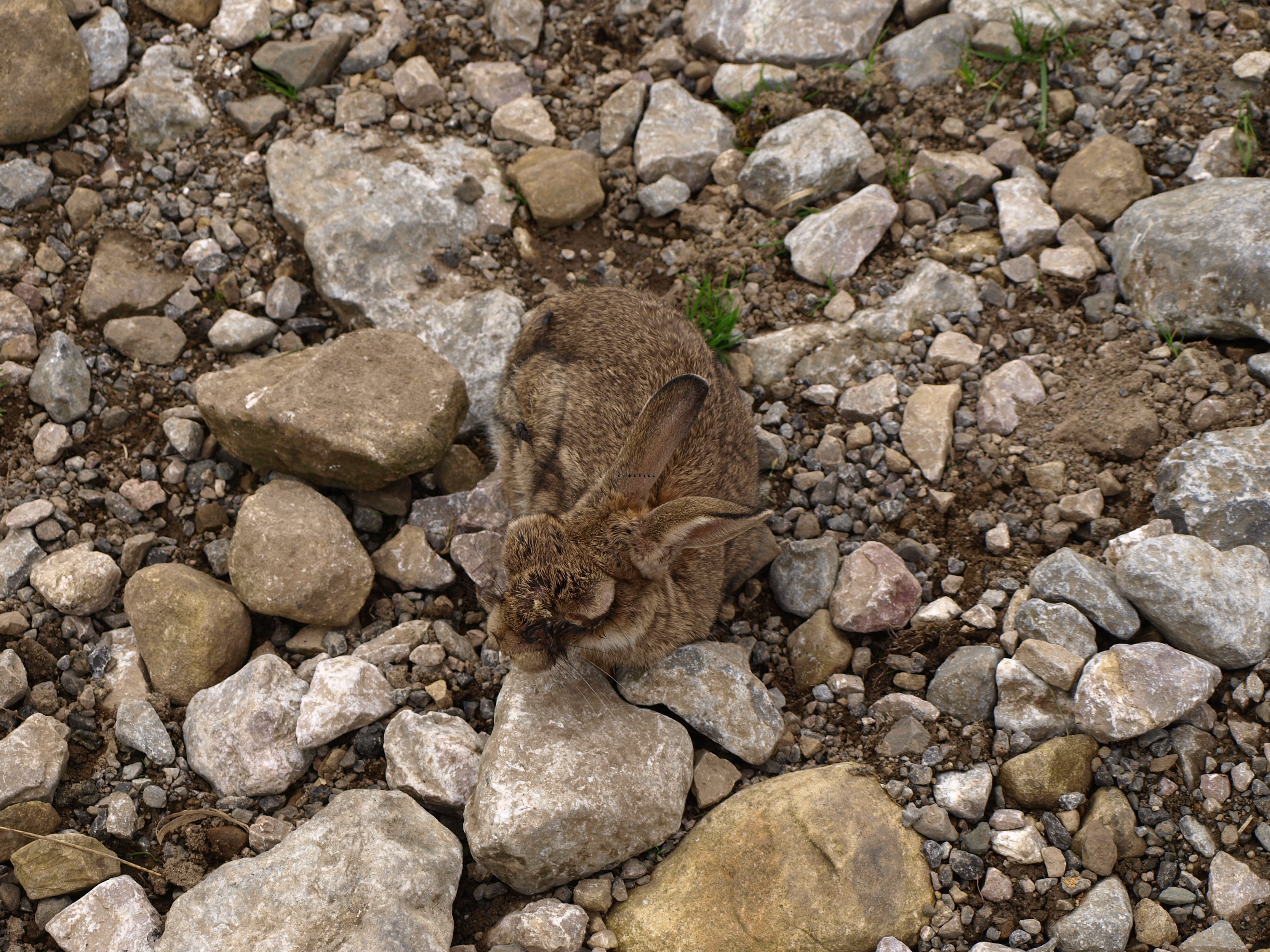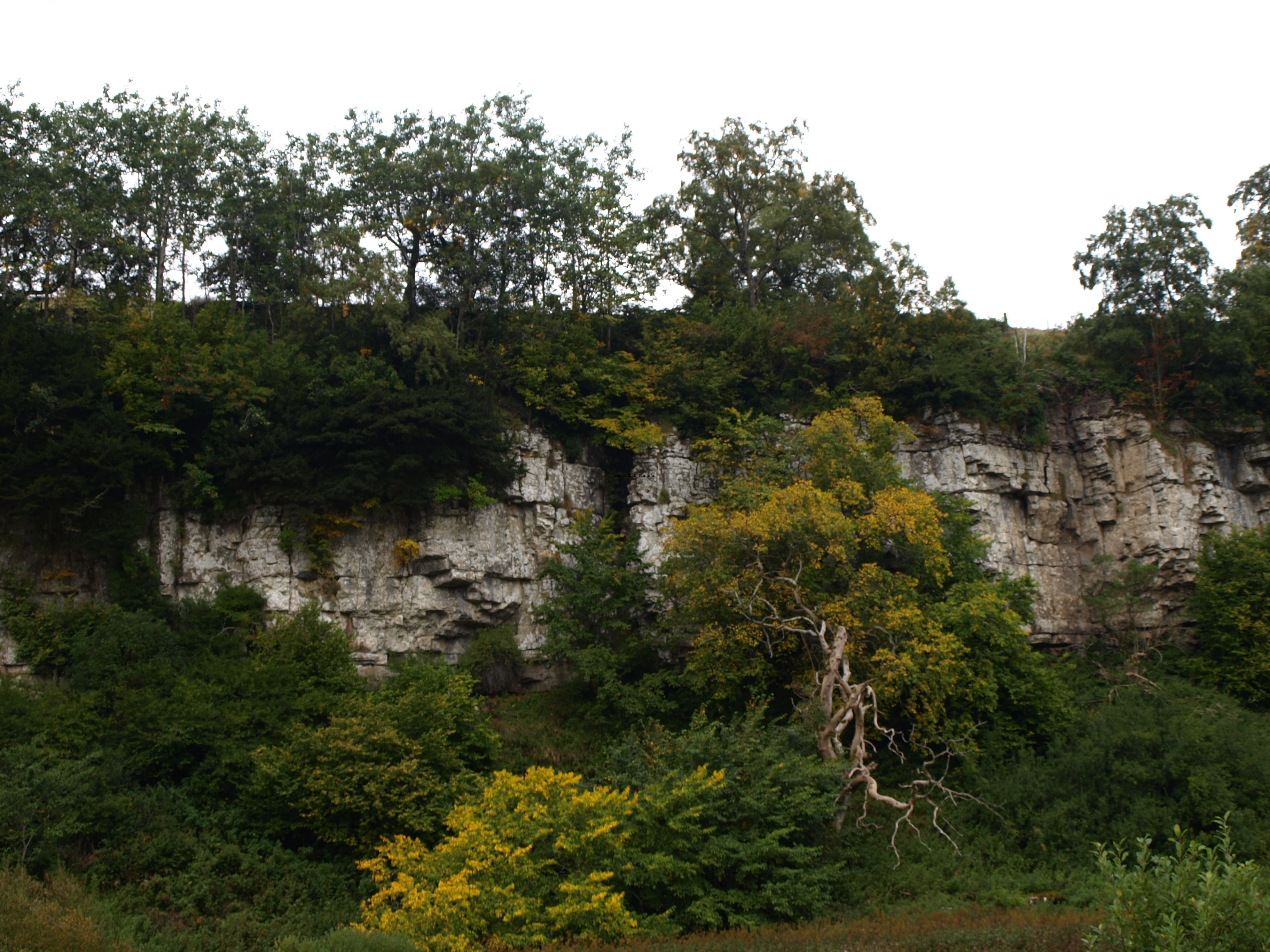Chapter 10 – The second scheduled rest day – in Reeth
The rest day – with a bit of culture
The score: 8 days down, 2 rest days, and 5 more days to go.
I look at that line above and then compare it with the distance travelled (and more importantly the distance to go) and wonder what’s gone wrong. Surely I should have been well inside the second hundred by now. The back of the journey might now be broken but I will have to see if the rest of it doesn’t break me.
This is a rest day but a messy one. On reflection I made a bit of a mistake in the booking process with this one. Last night I was in the Black Bull pub/hotel in the centre of Reeth but tonight I’m in the Grinton Lodge YHA, which is about a mile or so from the pub. I did that in an effort to save on accommodation costs but as I realise how the day will have to develop that starts to seem like false economy.
One of the reasons for a day free from walking is also to have a day free from packing, free from moving on, free from carrying anything on my back, free to just sit at the computer, free to have a few drinks and then prepare for the next day’s trek. But I have to pack up, get out of the room earlier than I would have liked and at some time during the course of the day get myself a mile up the road (and I discovered that it was very much ‘up’) and settled into another location.
This wasn’t made any easier by the fact that, considering the building and its age, I had a good room (with a four-poster double bed, a view out over the main village square and a bath rather than a shower – I know it wastes water but I consider I had earned a bit of luxury) and not one that was merely a spare space that could be used for nothing else. But I didn’t know that until I was shown the room last night. That’s the problem of travelling alone when it comes to accommodation, you never know what to expect.
Even though I had to get out of the room early there was no problem in just sitting at a table in the bar, using the computer (at least until the battery ran out – that’s an issue that arises with modern electrical and old buildings, where’s the power to come from?), and having the occasional pint – although I felt proud of myself in that I waited until after midday before getting the first one.
Apart from the actual process of moving to another bed that was my original plan for the rest days, to catch up on my writing and had no other real plans for exploration. I hadn’t been long on the route before I realised that it was physically impossible to keep such an extensive ‘diary’ on a daily basis, I just couldn’t concentrate, so extra time was necessary and even with the rest days I fell quite seriously behind (hence the late postings now).
Weather wise the second rest day was almost a carbon copy of the first. In Reeth it was misty in the early morning and it looked as if it had rained overnight, but not seriously so, but by midday it had turned into a very pleasant early autumn day, warmish, sunny and bright, with a blue sky. Stuck inside the pub until about 4 o’clock I wasn’t really aware of that until I picked up my pack and walked.
Reeth is only a tiny village, the day before I was expecting to see it in the distance as I came along the path beside the River Swale but I arrived there before I knew it, a small place tucked away up the hill north of the river. And I’m sure it would have merited a short exploration but when I left the pub I headed straight for the path to Grinton and the YHA.
That’s one of the issues with these long distance walks – there’s no real time to explore the area you’re passing through. And this is especially the case on the east of the Pennines where there are a number of ancient sites with standing stones and burial mounds as well as relics of the industrial past of the region. But to have taken any time out for such visits would have made the days impossibly long. For example, there were some stone circles indicated just off the path on the long day across the moors from Shap to Kirkby Stephen but any diversion, even for the shortest of time, would have had a significant effect on the day. As it was that was my longest single day, not getting to my overnight stay until 18.15. Even a short ‘cultural’ visit would have made the day more of a struggle than it actually was.
But to have done justice to all the possibilities would have completely altered the structure and reason for the walk. Doubling the time would have made these diversions doable but I’m not sure if it would have been really worth it to combine the challenge of the long walk with an exploration into the history and culture of the areas you pass through. Perhaps best to do them as two separate excursions rather than squeeze them into one.
So at 16.00, more or less, I left the comfort of the pub, strode out into the sunshine – now without the addition of bandages (the tops of the feet that had been damaged in the Lake District had all but healed and the anti-inflammatory cream had worked wonders on the knee. I was still aware of the weakness in the joint whenever I came downhill but it wasn’t swelling as it did before and felt comfortable once I was either on the flat or going uphill.) and headed towards first the river and then the neighbouring village of Grinton.
After having said that there was no time for ‘cultural’ visits I did take a few minutes to visit the church at Grinton, just by the bridge at the bottom end of the village.
Having no religious inclinations whatsoever I still visit churches if I have the chance, looking for those quirky aspects which are often there if you look for them. And there were a few in this church of St Andrew’s which traces its origins back to the 14/15th centuries.
First I couldn’t find any specific reference to St Andrew although there was a definite reference to St George who stands in a stained glass window above the village war memorial directly opposite the entrance to the church. It may not be unique but I can’t think of many places I’ve visited where the memorial to those who dies in the First World War is actually situated within the church itself.
Also all the stained glass windows seemed to date from about 1880 to 1920. They have the look of Victorian/Edwardian design and are in very good condition. As the church is quite ancient I don’t know if that meant there was an element of vandalism by the rich so that they could guarantee their entrance into Heaven by paying for new windows. Anyway, apart from the structure itself (and a very early 14th century font which, for some reason, I didn’t photograph) there wasn’t any decoration I noticed that gave the impression of great age.
By chance I probably arrived at the ideal time to take pictures, the low sun, a couple of hours before sunset, providing good lighting conditions from the outside for the windows. Not perfect pictures by any account but not bad for a hand-held camera, I think.
On leaving the church I ignored the pub across the road (making a mental note to perhaps visit it later that afternoon) to head to the youth hostel and a shock – it was a long way up a very steep hill and this was my rest day. This made the change of bed for the night an even less good idea in hindsight but I eventually got there and prepared my bed for the night – slightly different from the four-poster of the night before.
I can’t remember if I’ve said so before but one of the down sides of staying in cheapish hostels is that you have to make your own bed each night and are expected to strip it the following morning and after a while this gets quite tedious. Not as tedious as having to pitch and break camp but getting there. I’ll be glad when I get back home and stay in a bed where the sheets don’t get changed every day.
That’s only one down side, there are many others, which you live with for the convenience of the location and the price. I experienced another later that night. After having prepared my bed I went to the lounge to work on the computer and then had booked myself an evening meal. Coming up quite early – my going to bed time is getting earlier as the days roll on – I opened the door to be virtually assaulted by embrocation oil. In my absence 3 cyclists had arrived and had left their signature in the room. If that’s anything to go by you must be able to smell the Tour de France before you even see it.
Another aspect of the Grinton Lodge YHA which was different from all the others I had stayed in was its acceptance that visitors – this is not just the young, although for many young people they would rather lose an arm than their iPhone, but for older people as well – want to be able to charge their communication devices. If places don’t offer such a service many young people just won’t go there. Many of the older hostels were constructed when no-one walked around with something that needed regular access to electricity. Now more than 90% of people do. Grinton was the first place I’d visited that had recognised that and there was a three pin power socket and a little shelf at each bunk space so that everyone could charge their phone as they slept. In the other places I’d been to there was a queue to get to the only socket for a room of 10 or more people.
There was a school/college group staying on the night I arrived at the youth hostel and, coincidentally, I had also decided on an evening meal. During the evening meal and the breakfast the following morning I developed the theory that parents/teachers must be congenitally deaf. It wasn’t a big group, they were in their late teens and they weren’t particularly rowdy. However, the noise level went up exponentially once they were in a room but the teachers didn’t seem to be aware of this. This isn’t the first time I’ve considered that this must be a condition that affects millions of people around the world as I’ve come across similar situations in other countries.
Apart from Africa. There the children, in whatever concentration of numbers, were quiet in comparison to their British peers. Mind you, in Zimbabwe, I was told of a teacher who beat a young 10-year-old around the legs with a cricket stump when the boy got out of line, so that might account for the peace and quiet.
So on the afternoon of Friday 27th September it was still 109 miles down and 91 to go – even though I had moved a short distance east from the centre of Reeth by going to the YHA I had gone about the same south, so nothing gained or lost.
Practical Information:
Accommodation
Grinton Lodge YHA. Up a very steep hill from the river, a bit of a shock if you’re not expecting it (even though if I had looked at my map properly there would have been a shock but no surprise). £20.49 B+B. It’s based in what used to be a hunting lodge for some big landowner/aristocrat, can’t remember which, with all its Victorian pretensions as a crenellated castle. On the edge of one of the many Yorkshire moors that are still used for killing game birds – you can’t really call it hunting as it’s no more challenging that visiting a shooting range in a travelling fairground.





